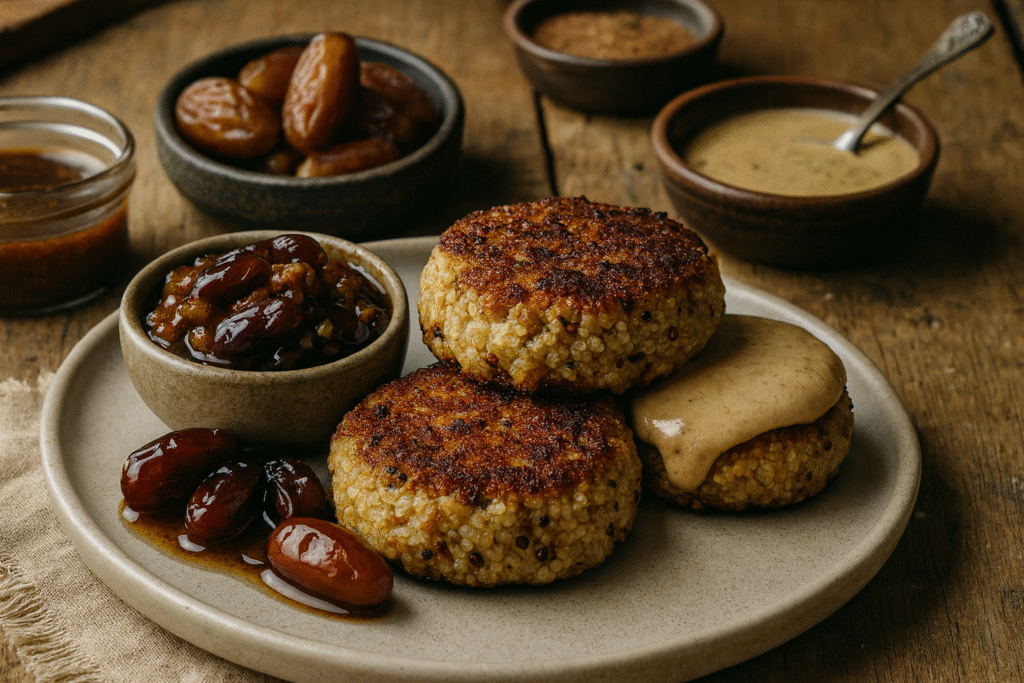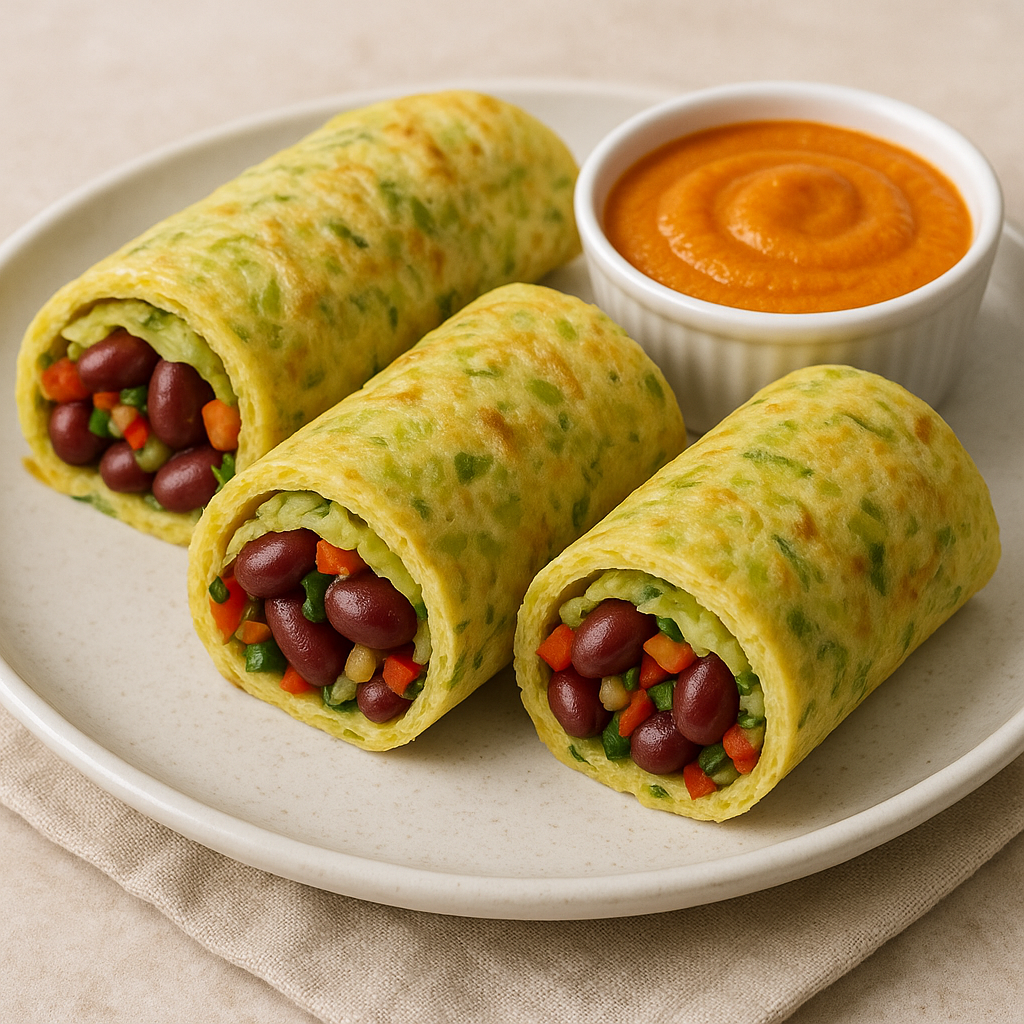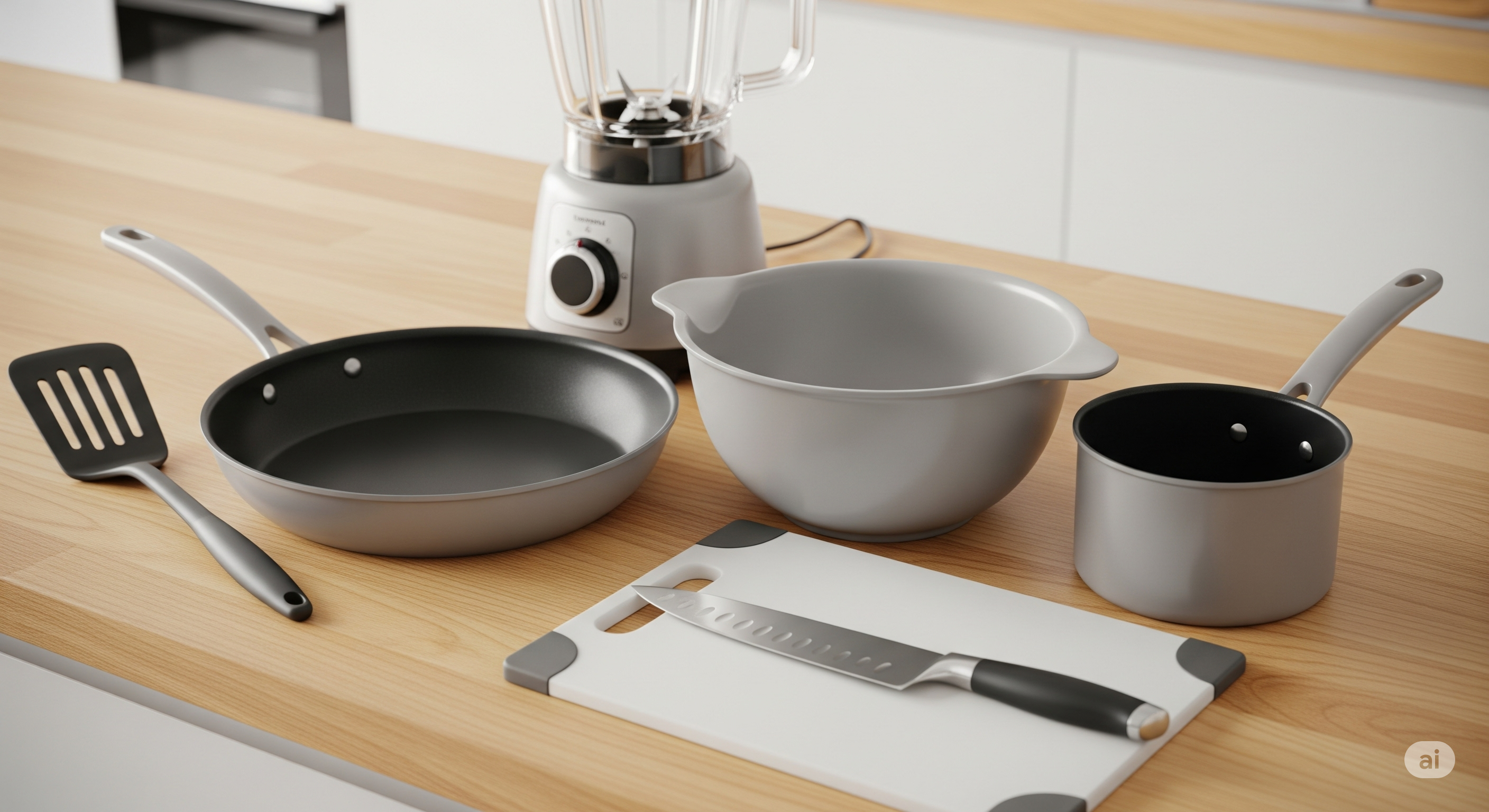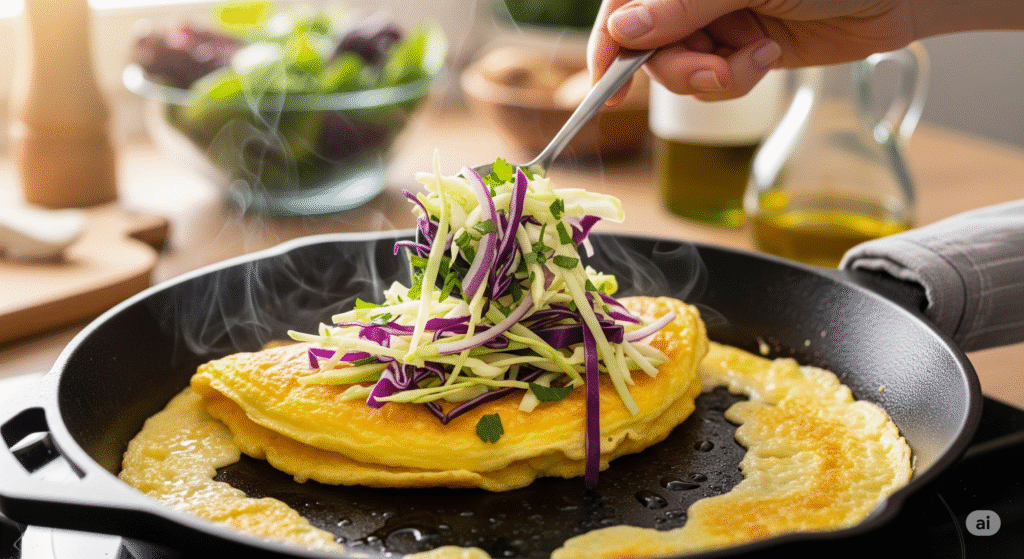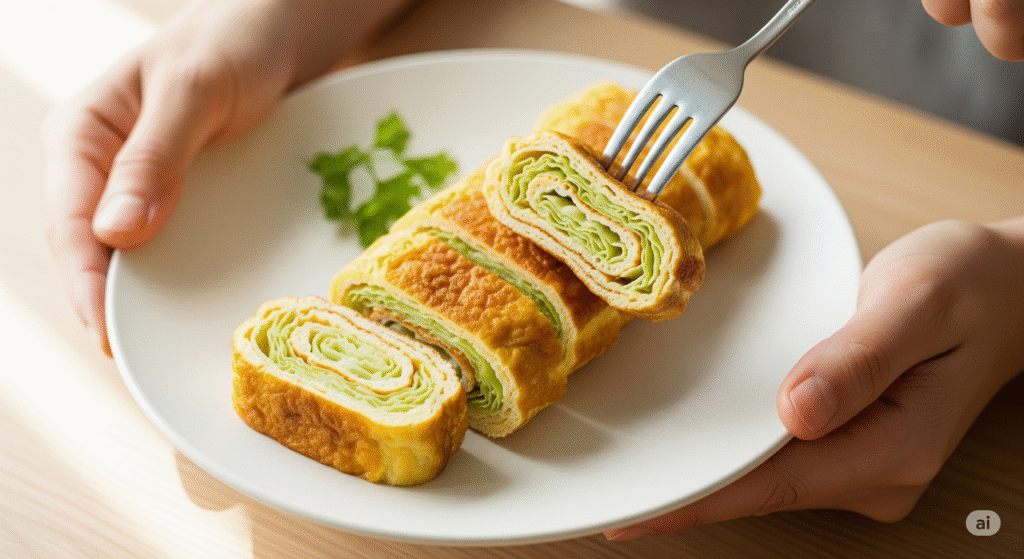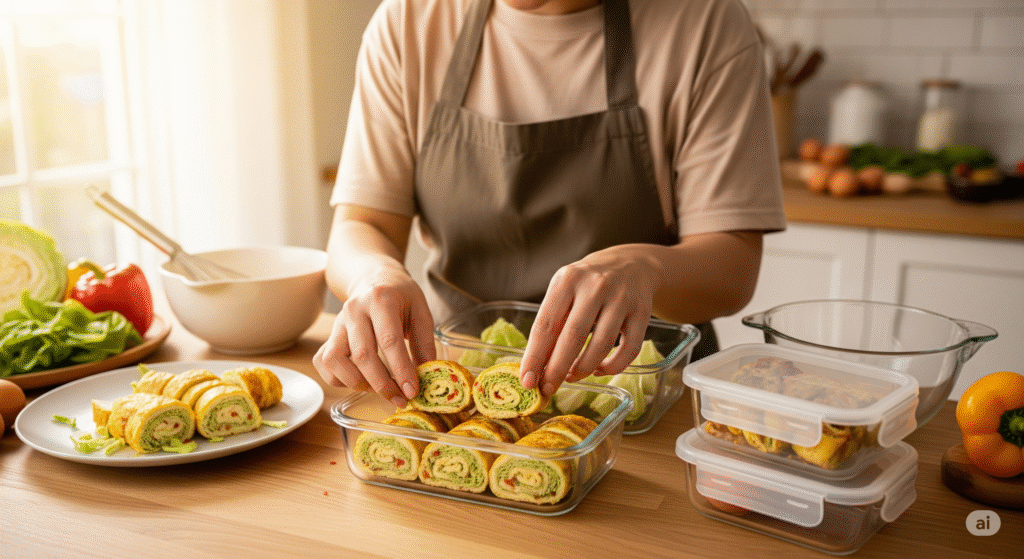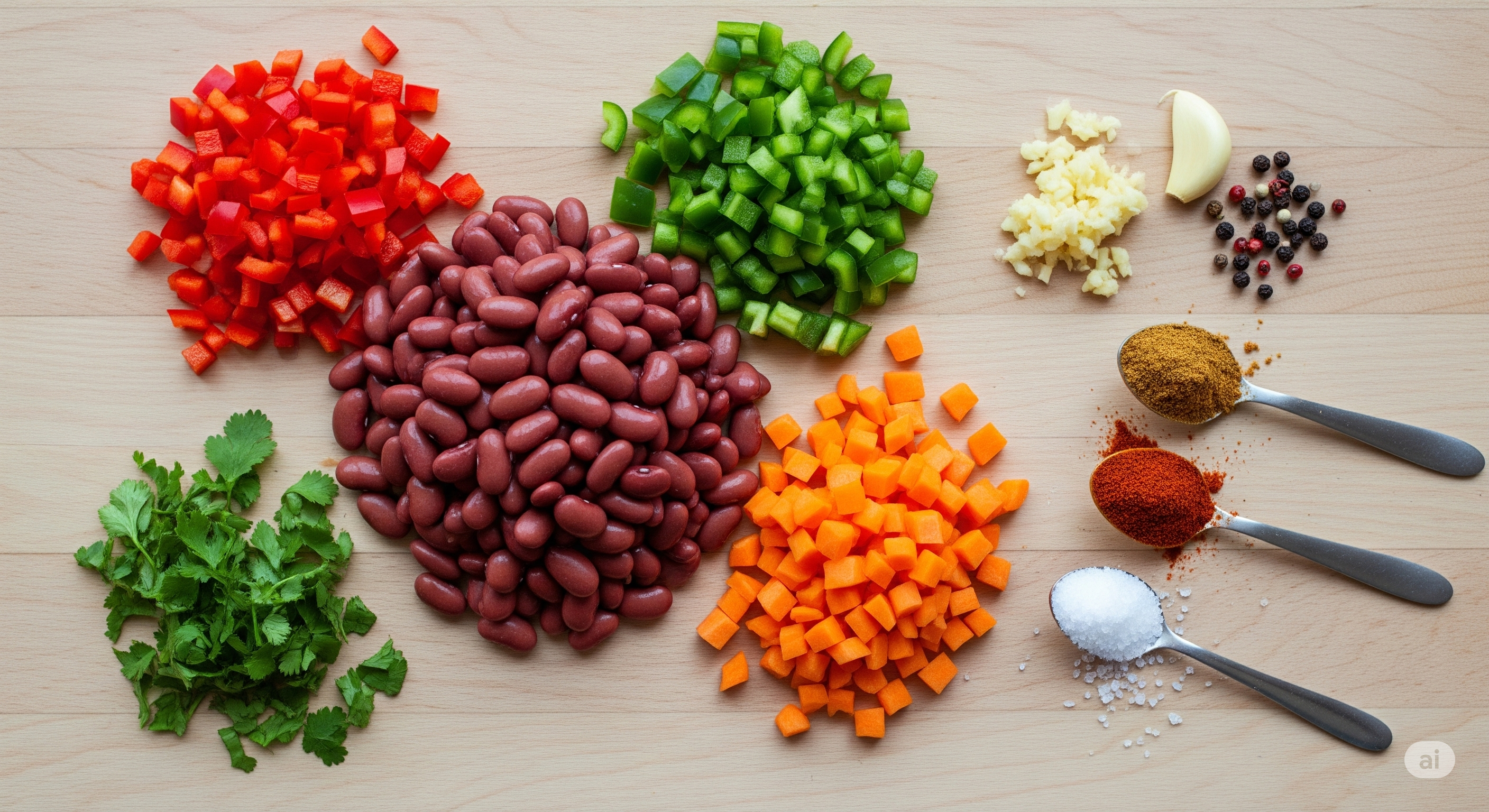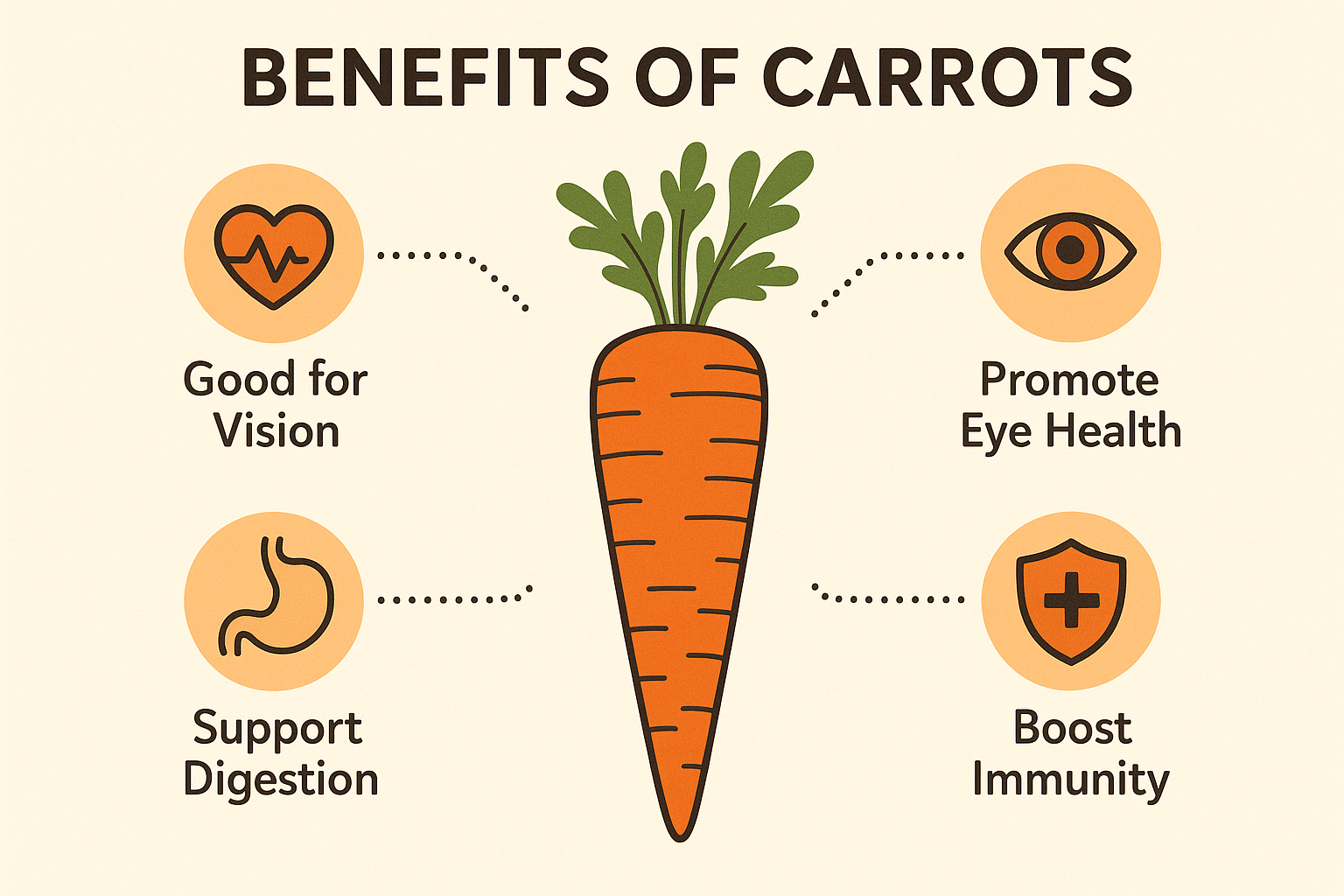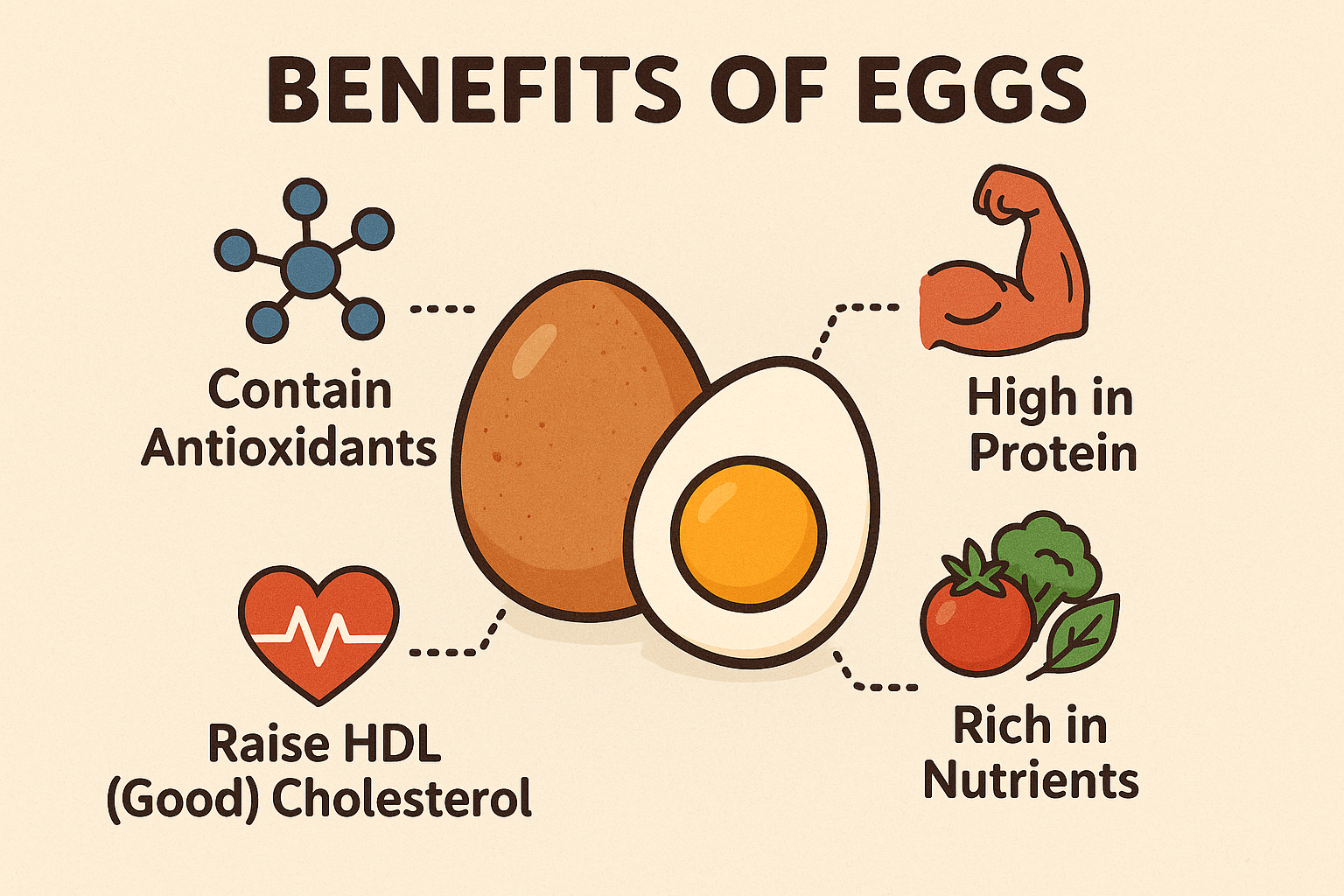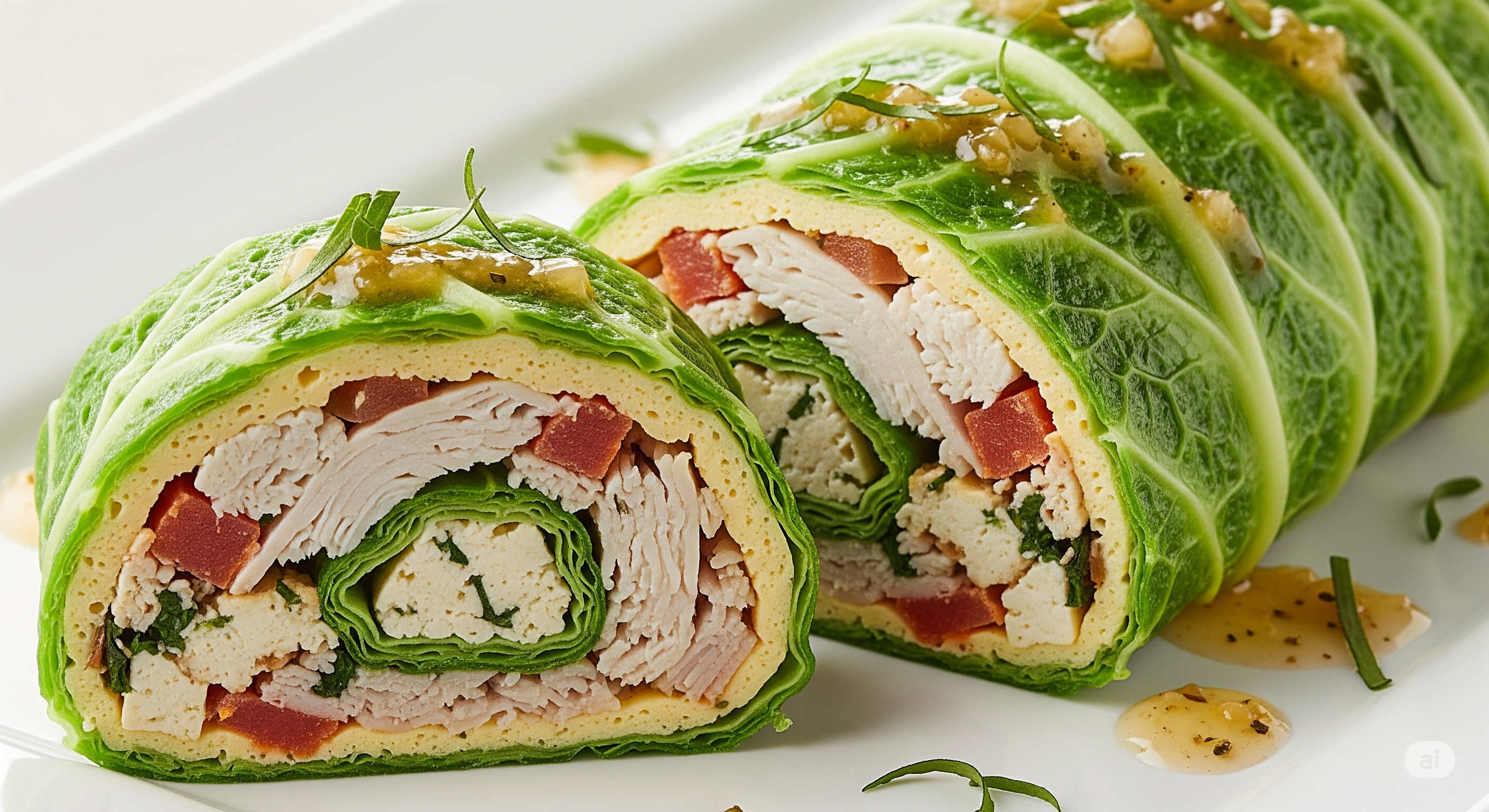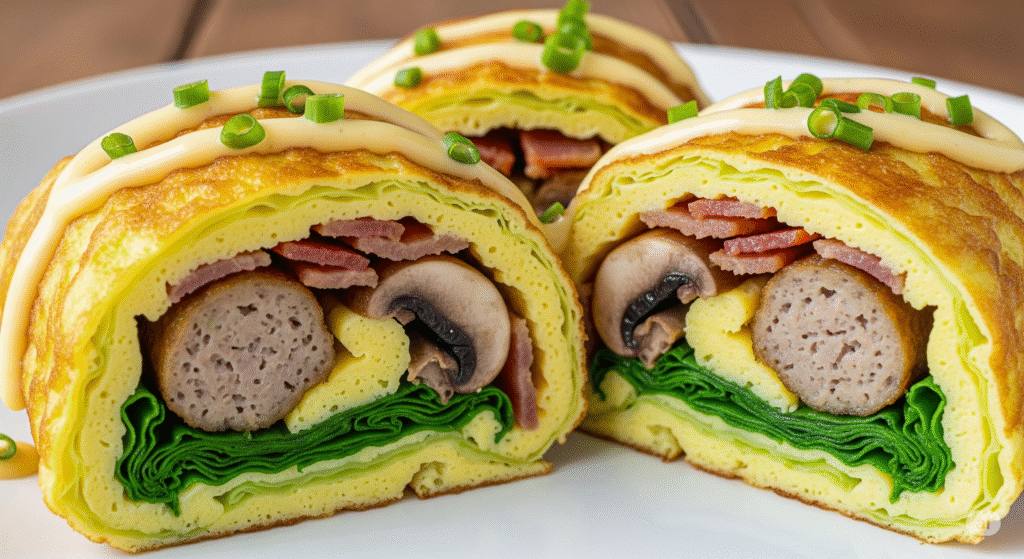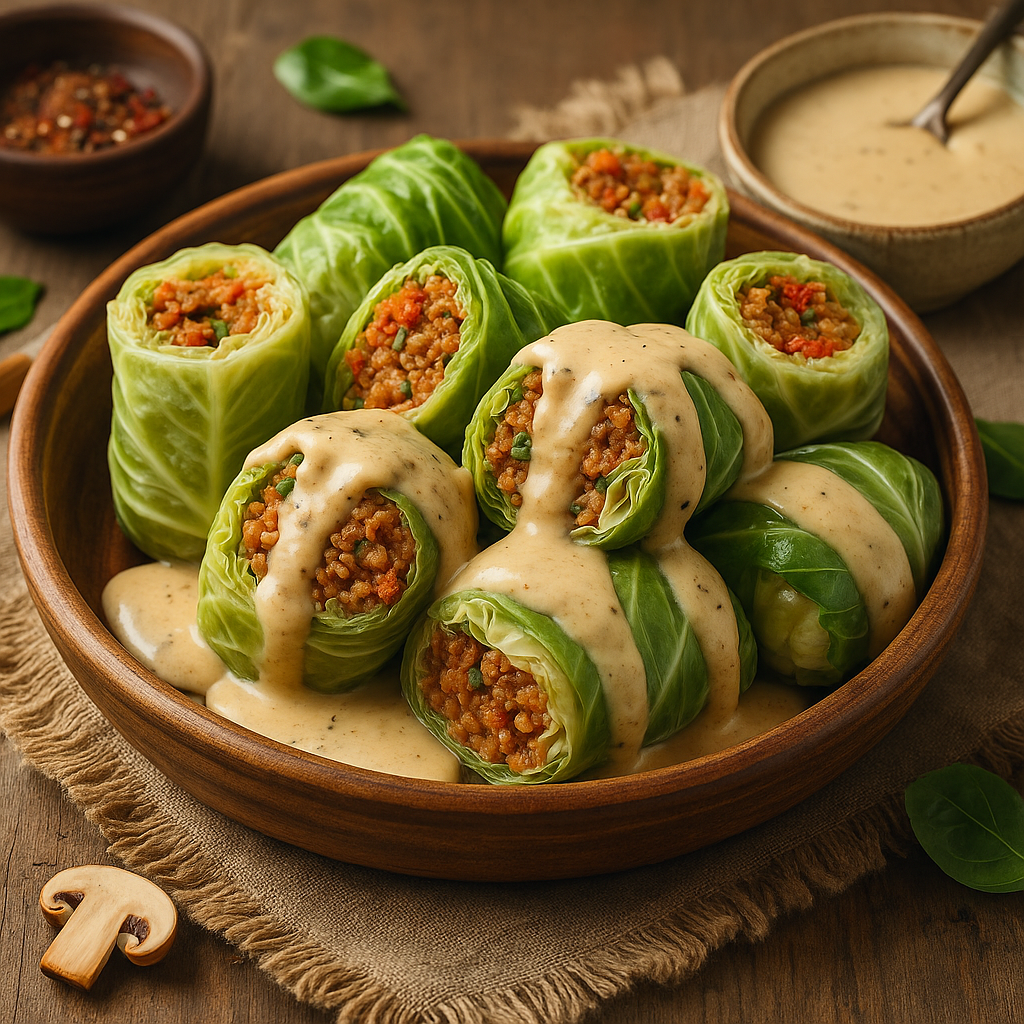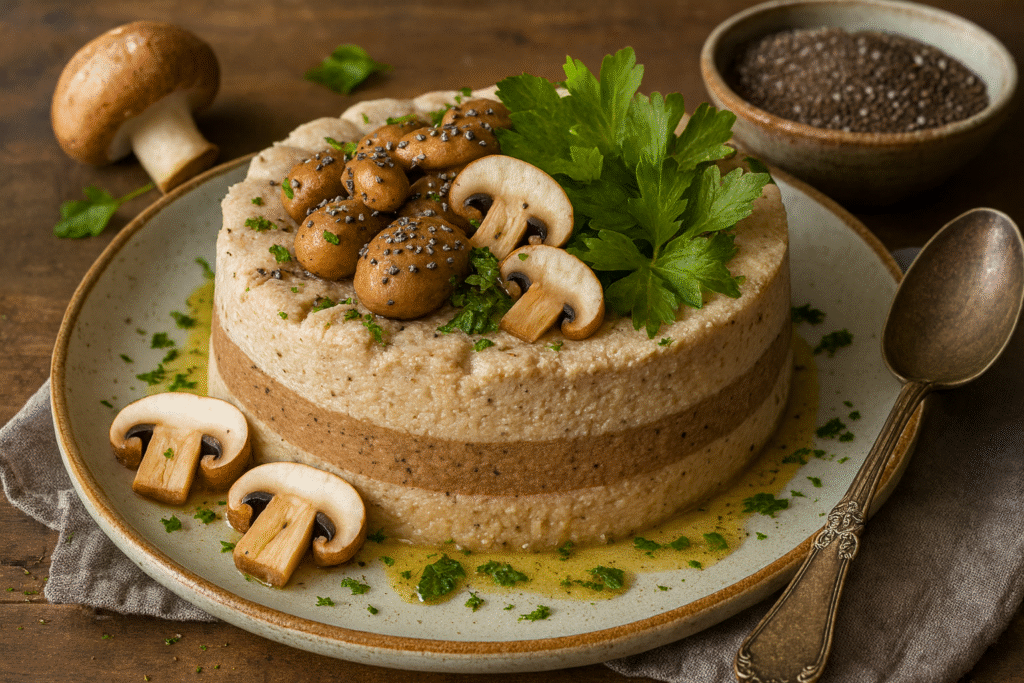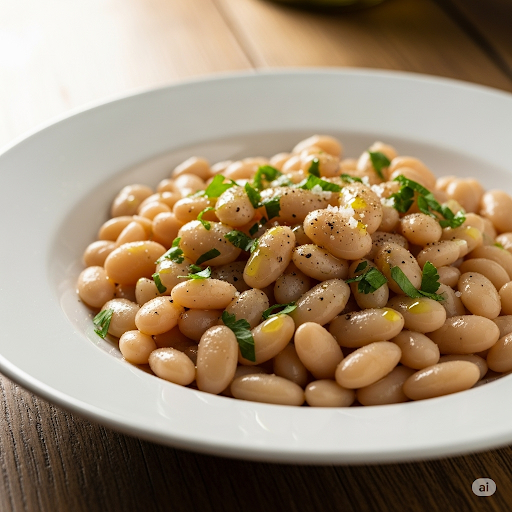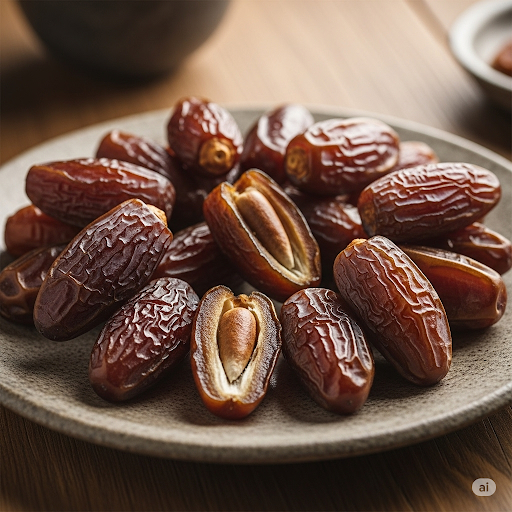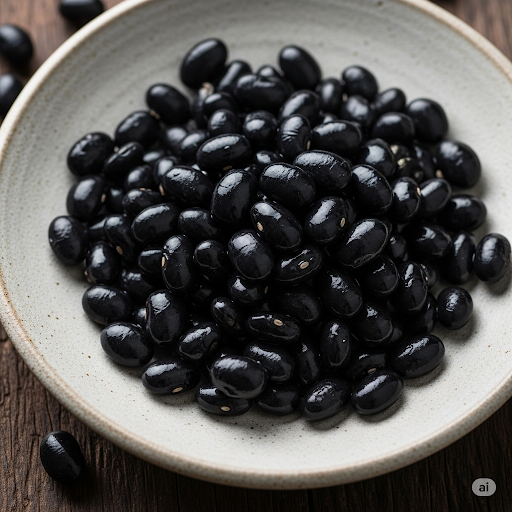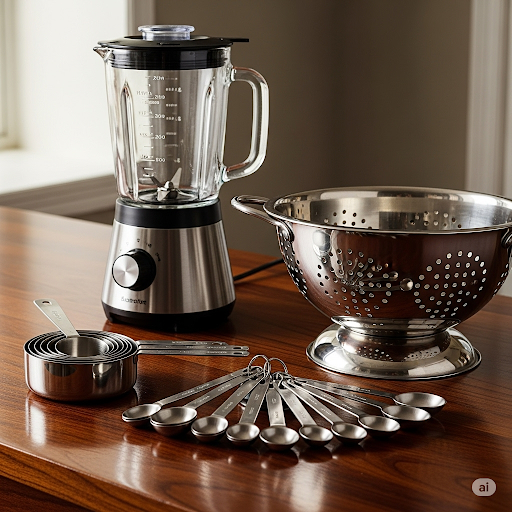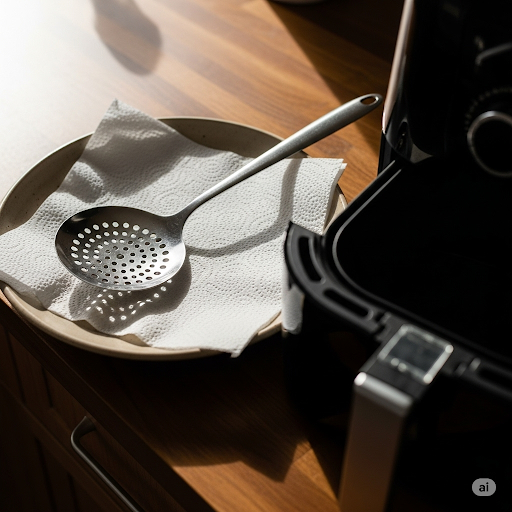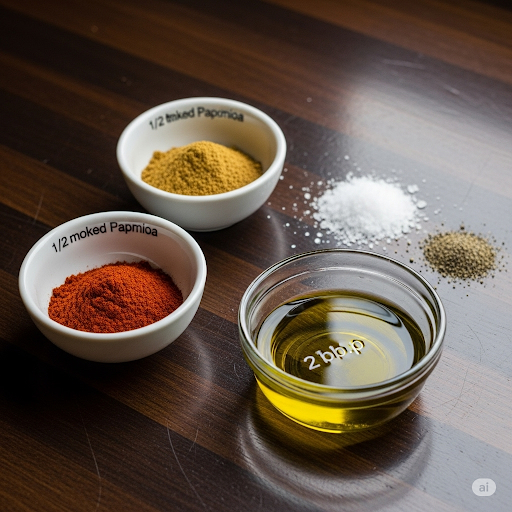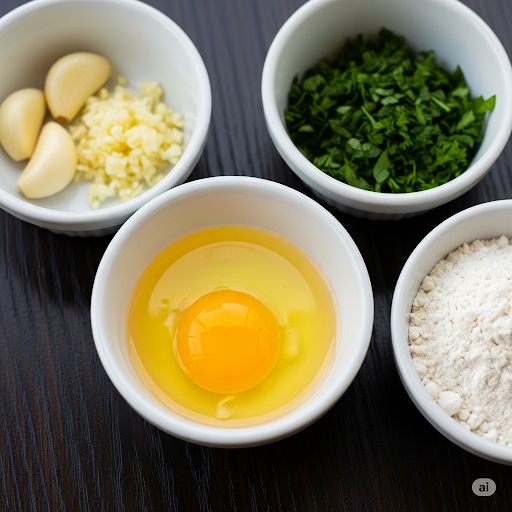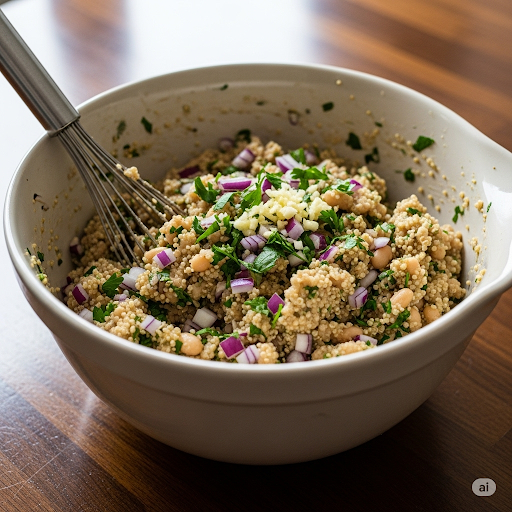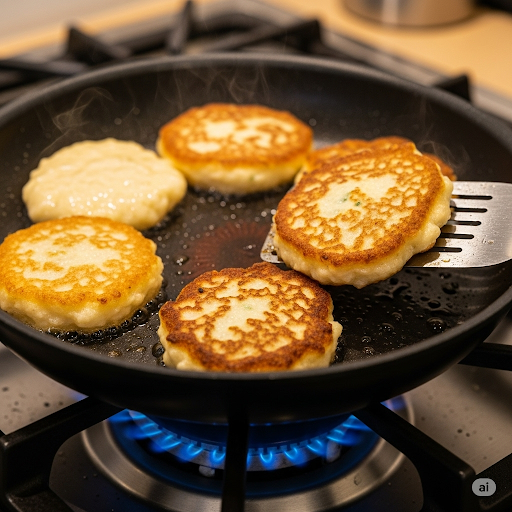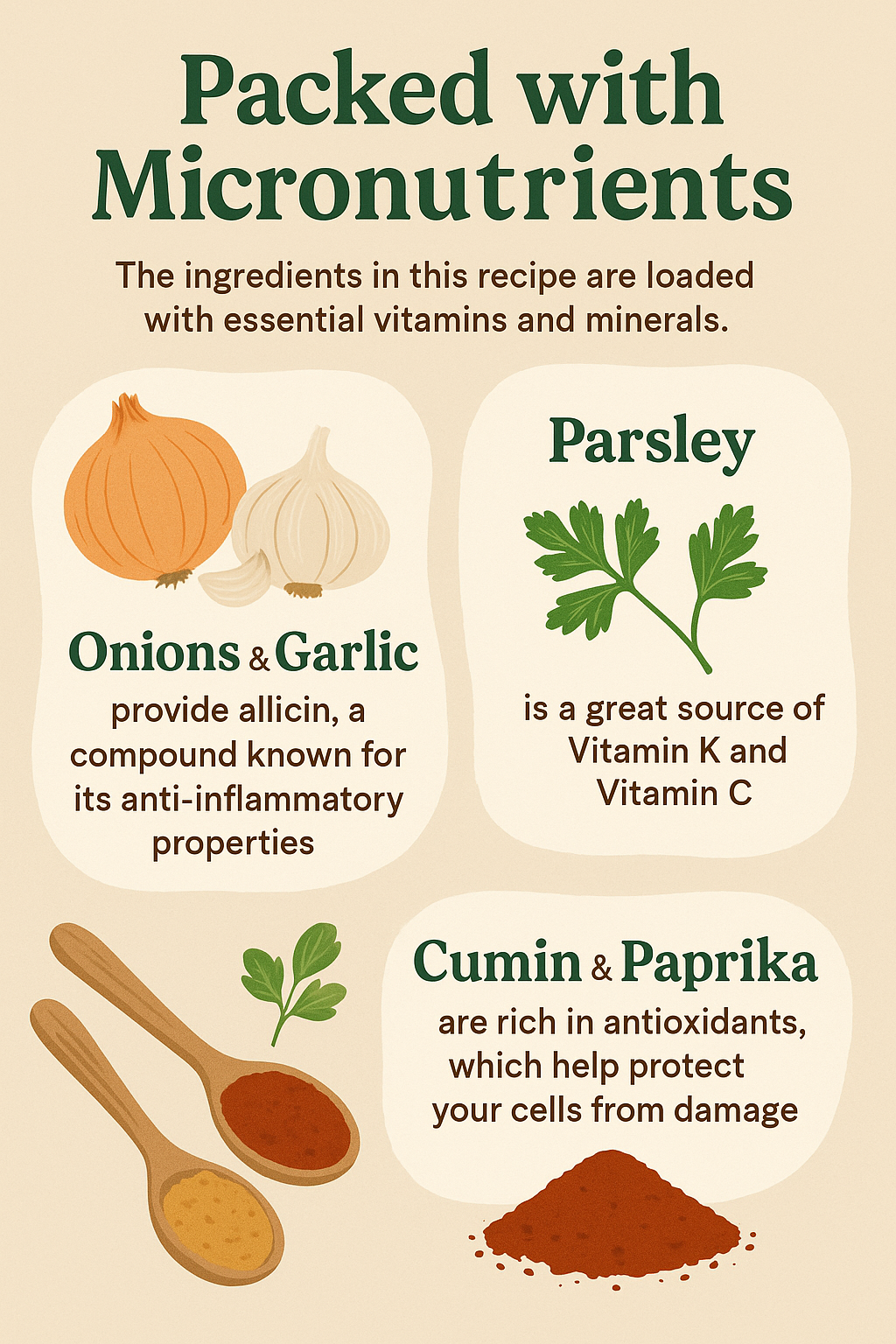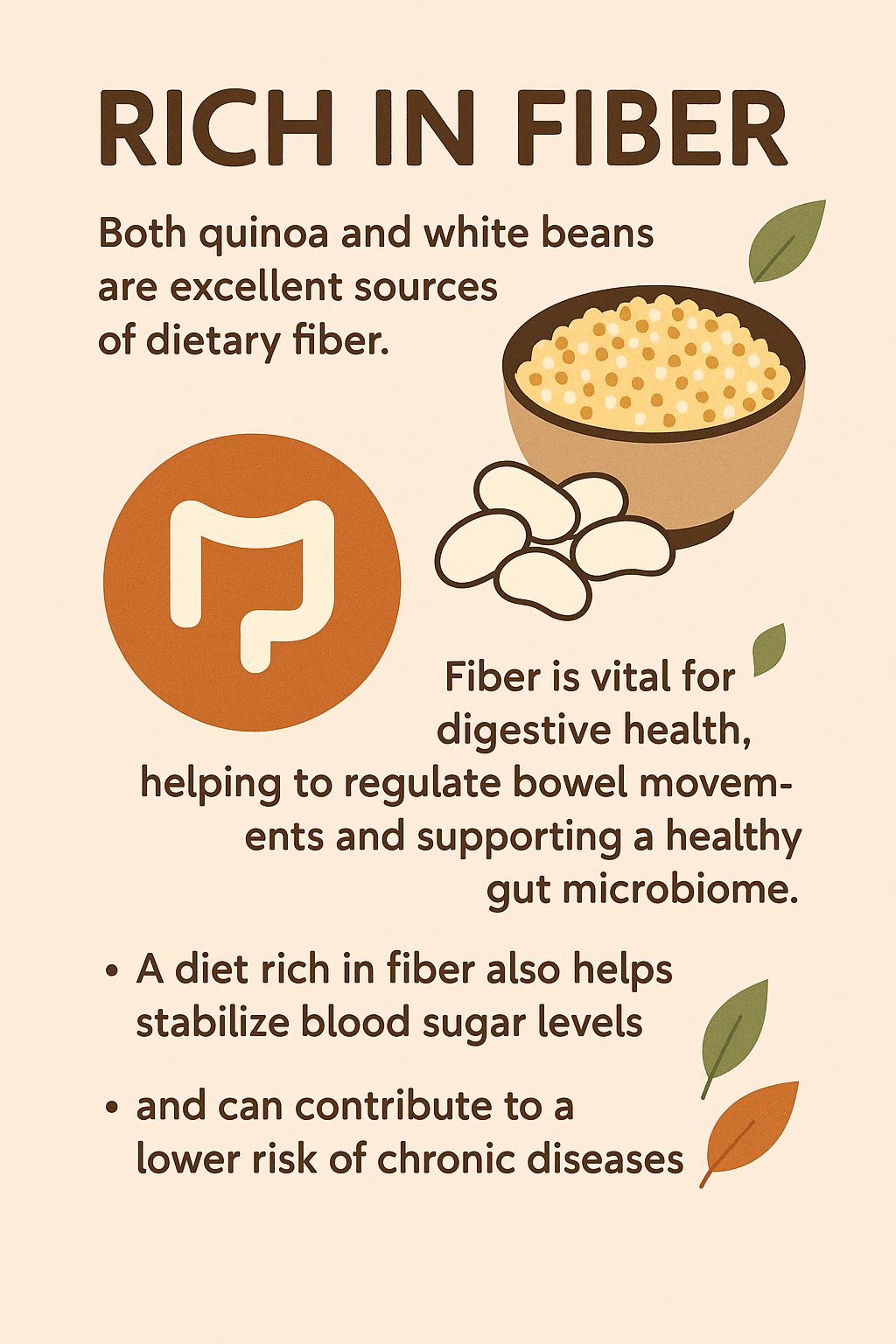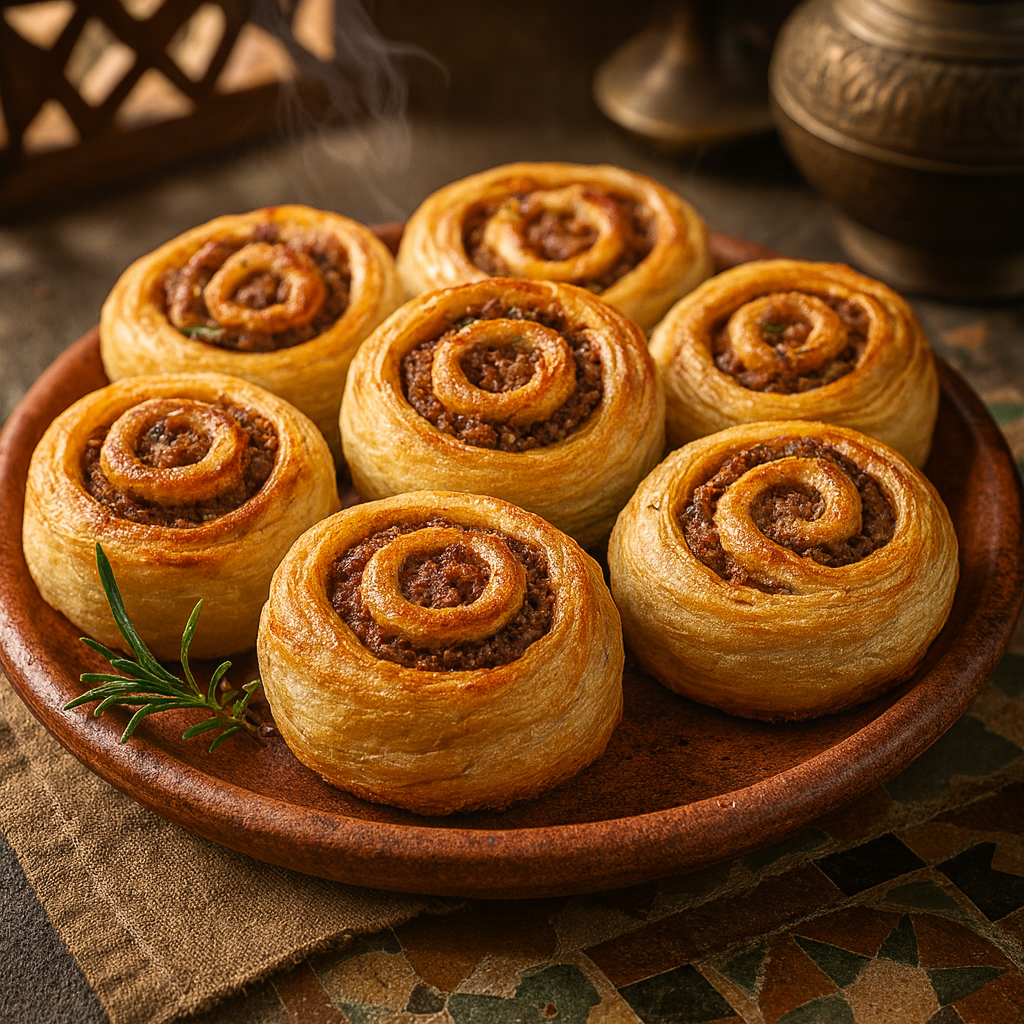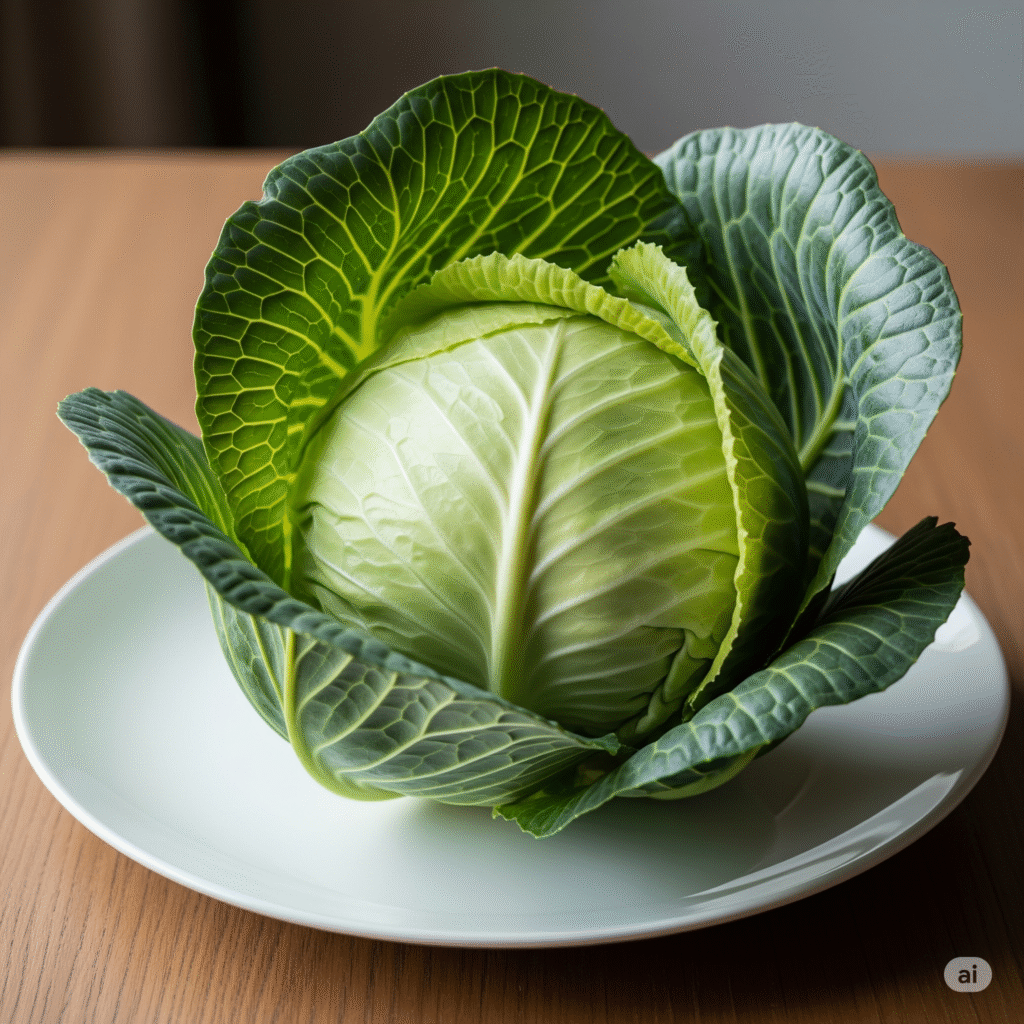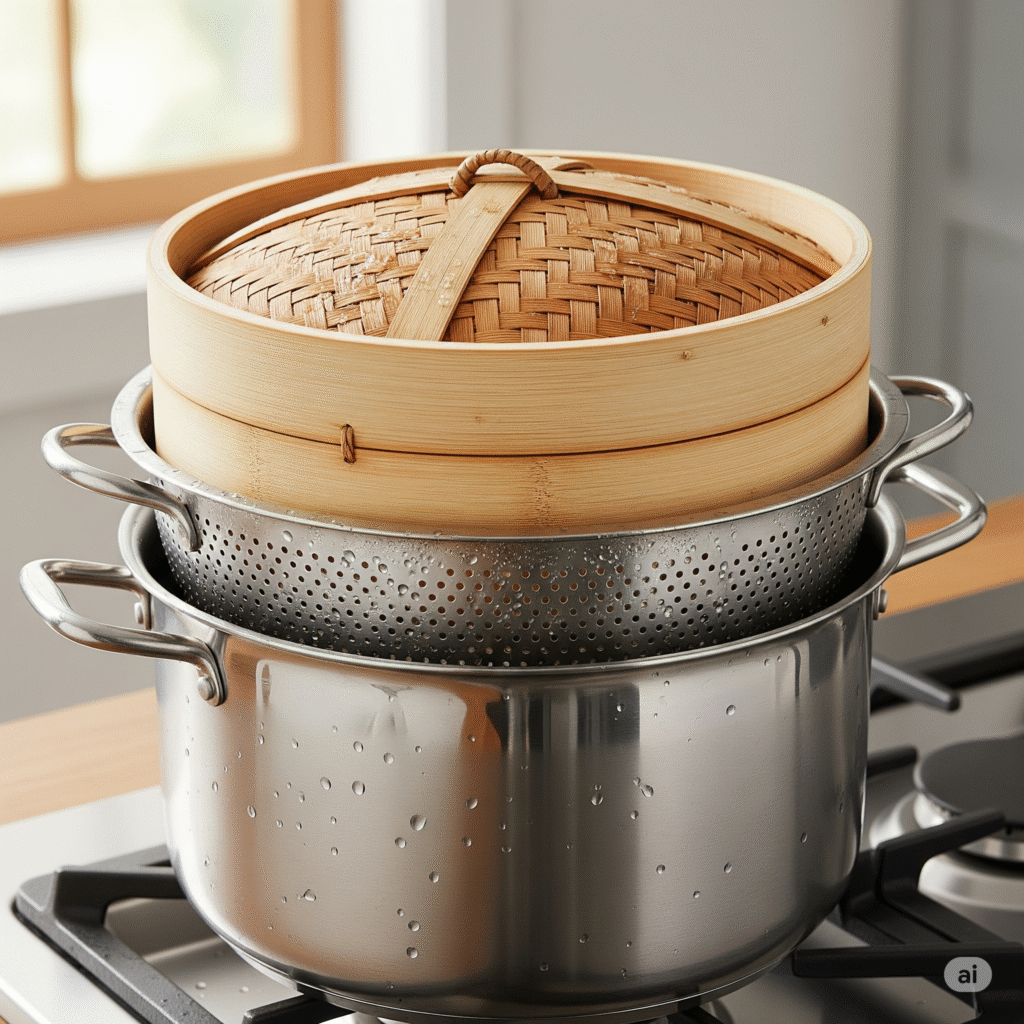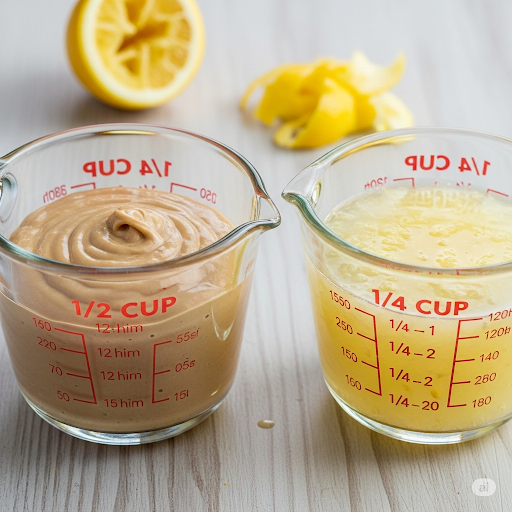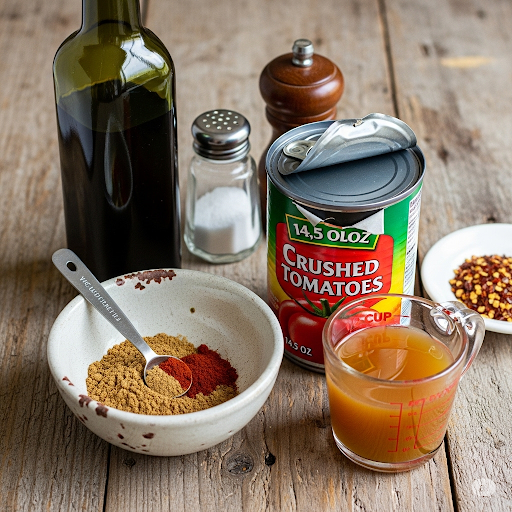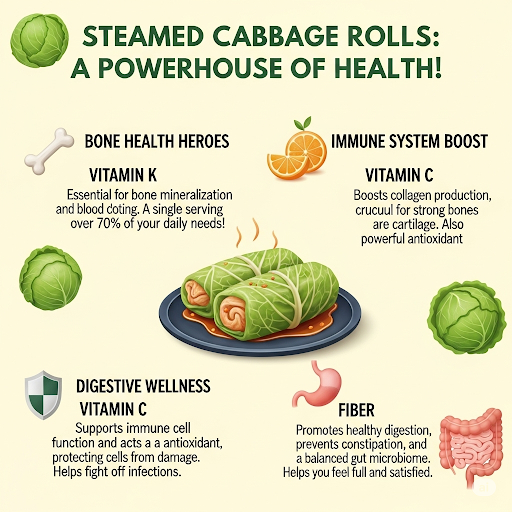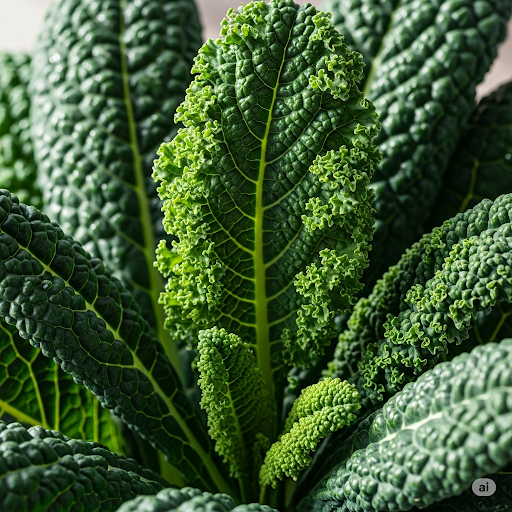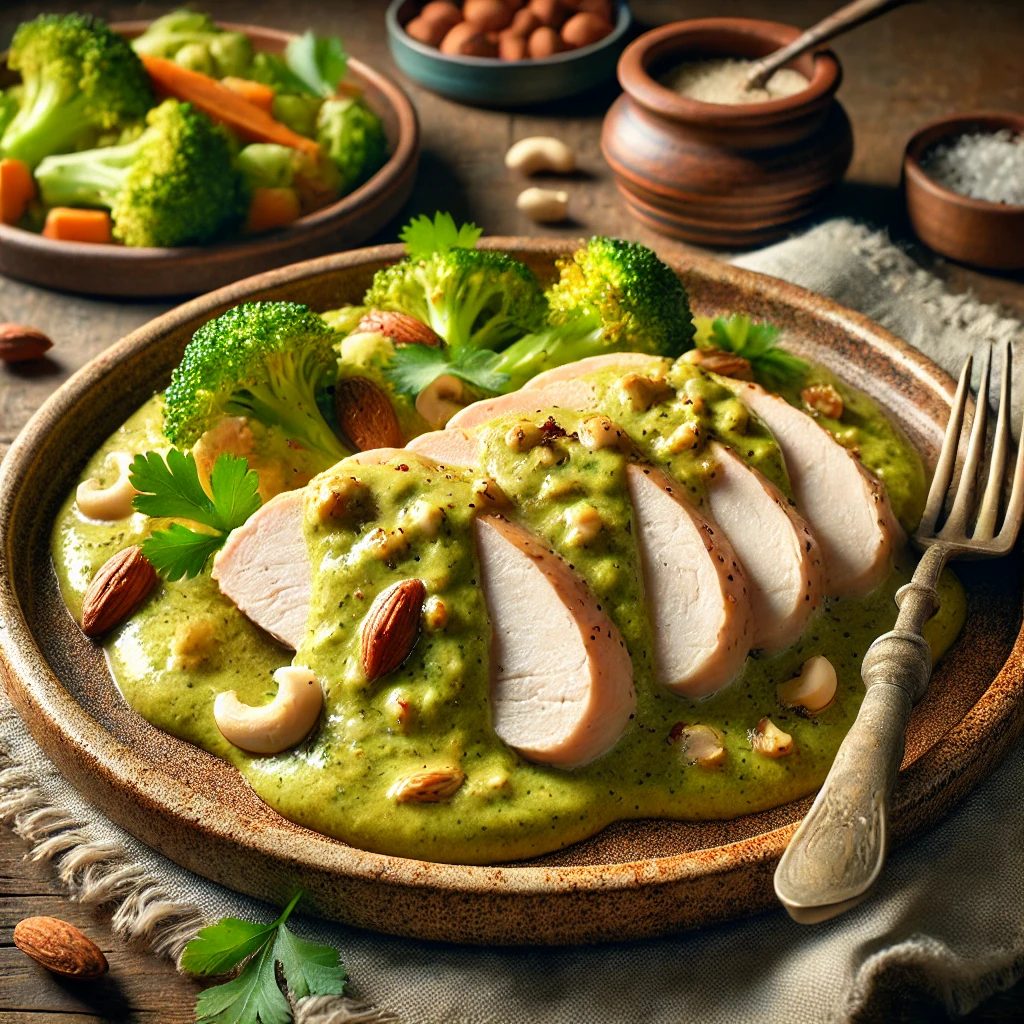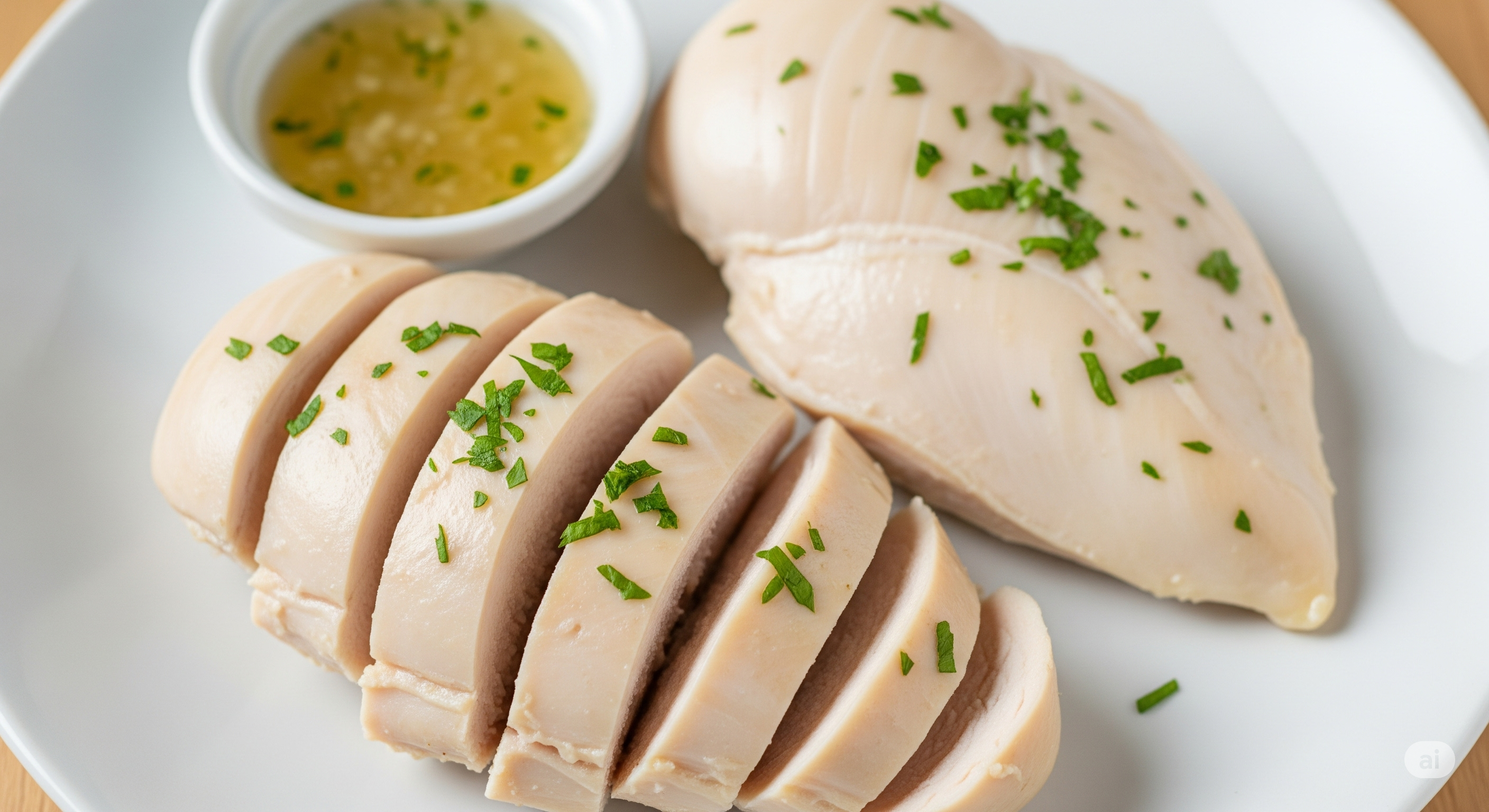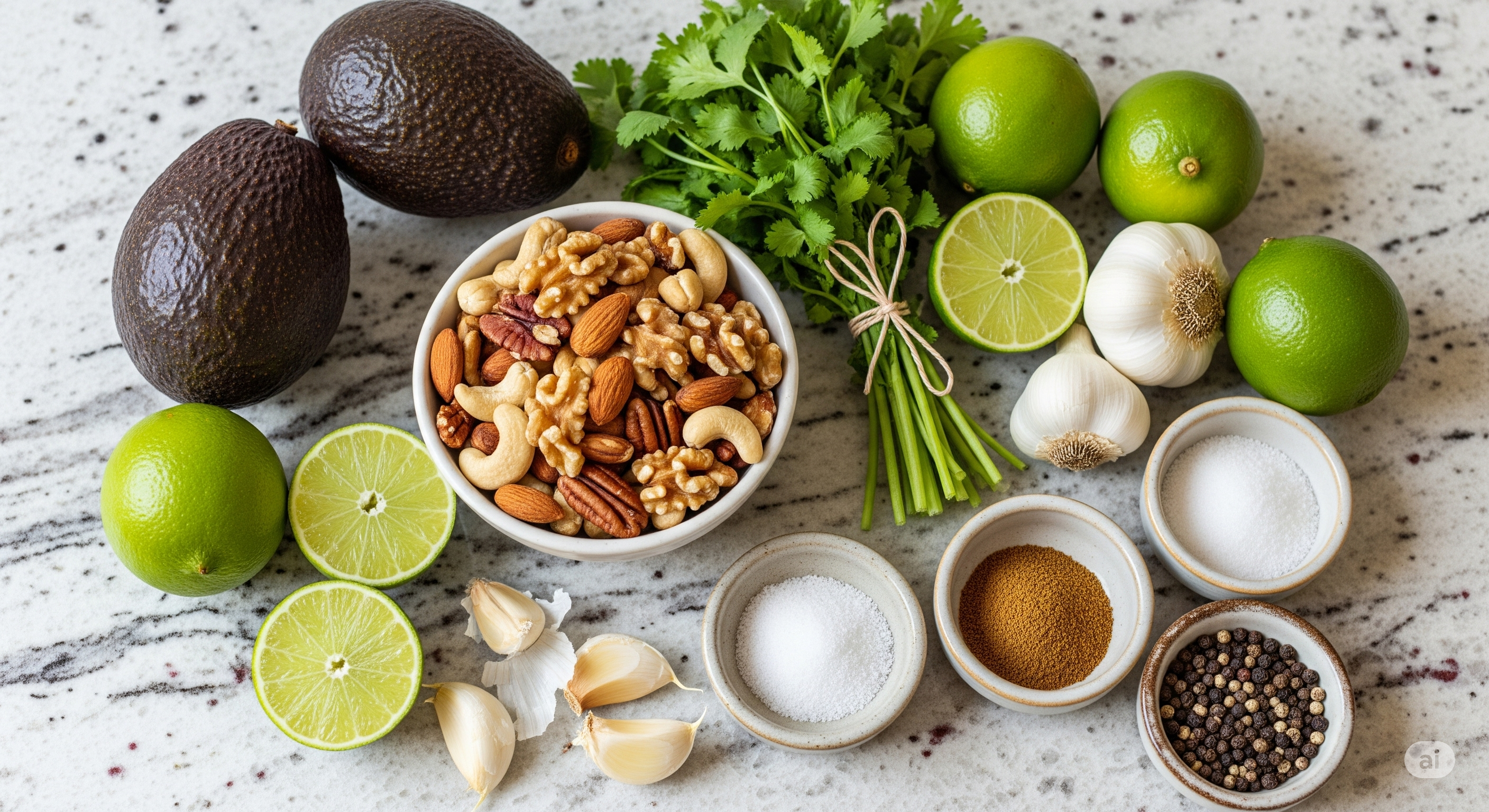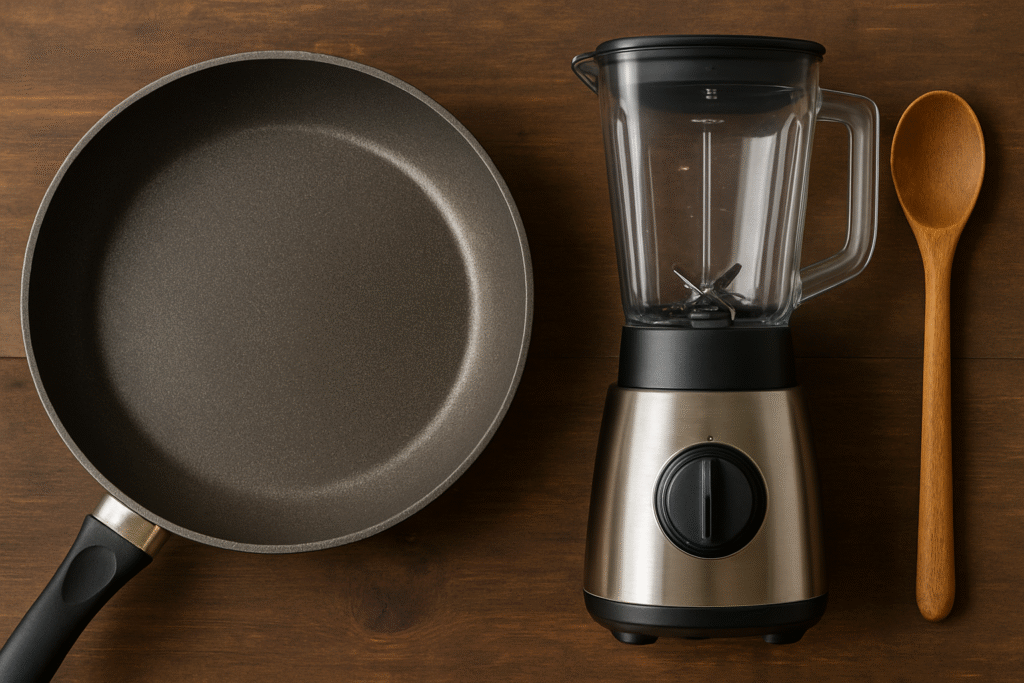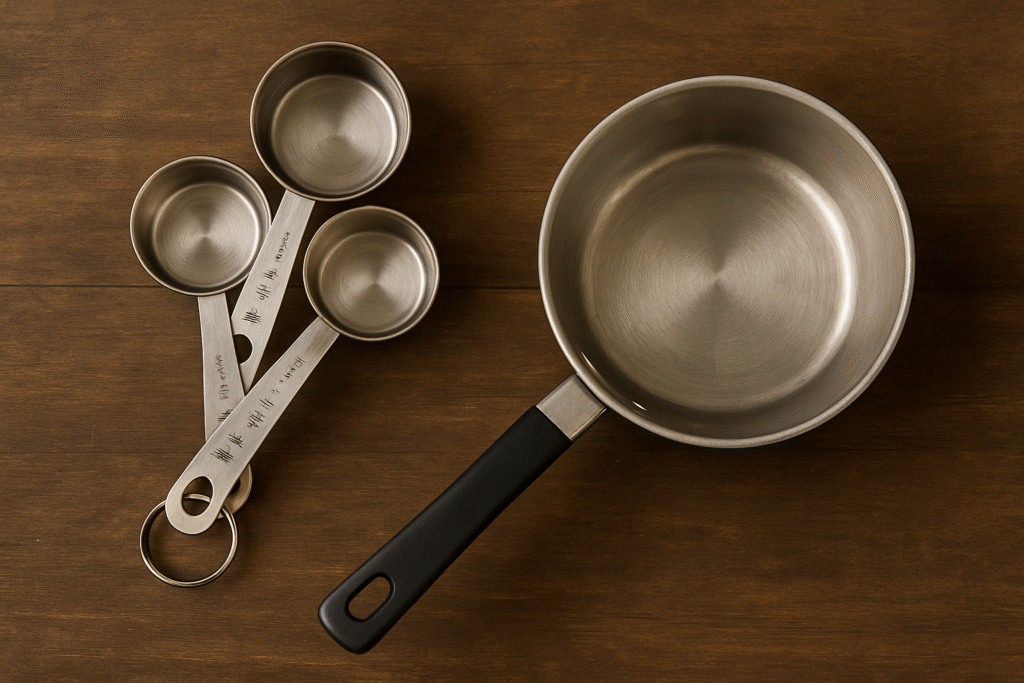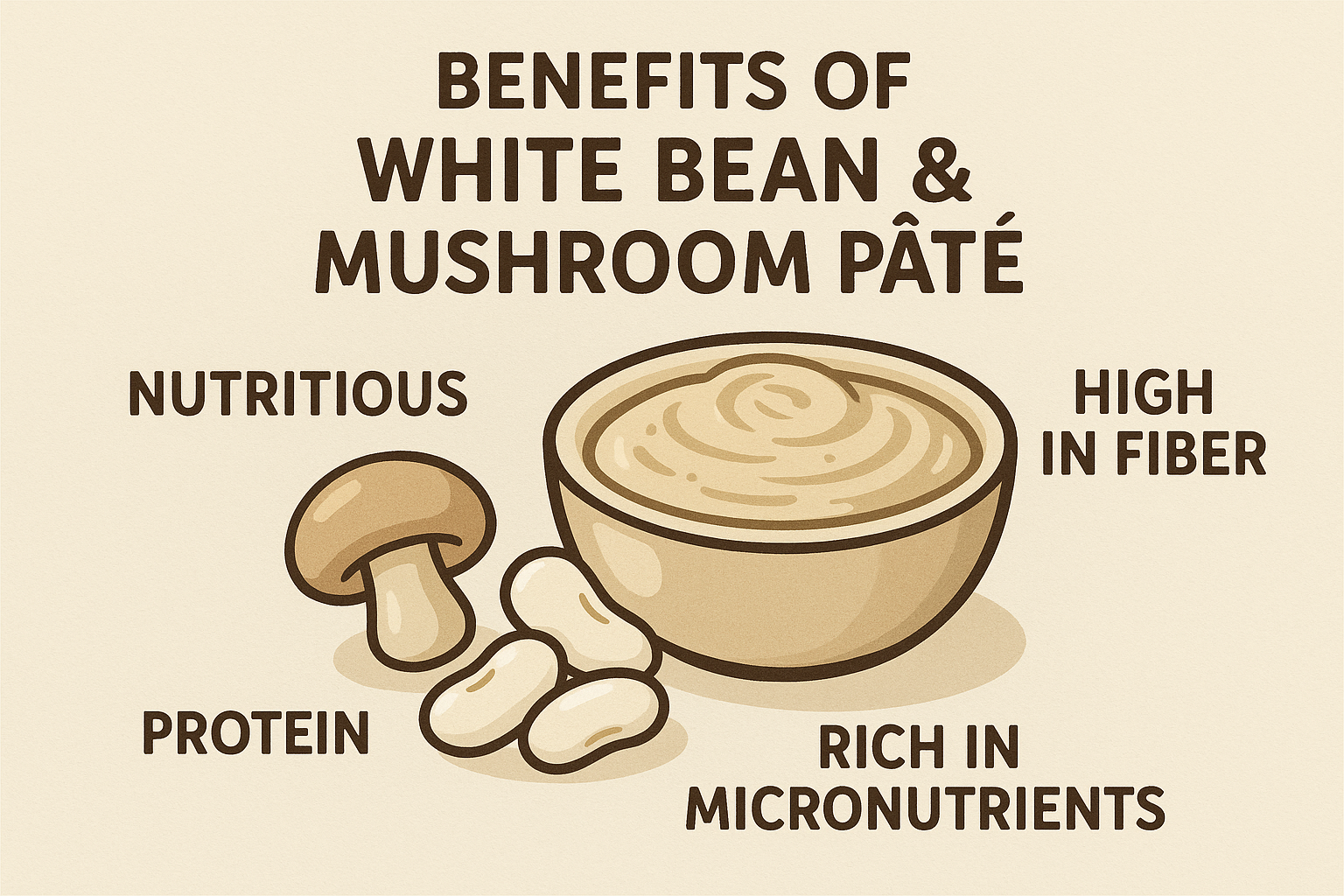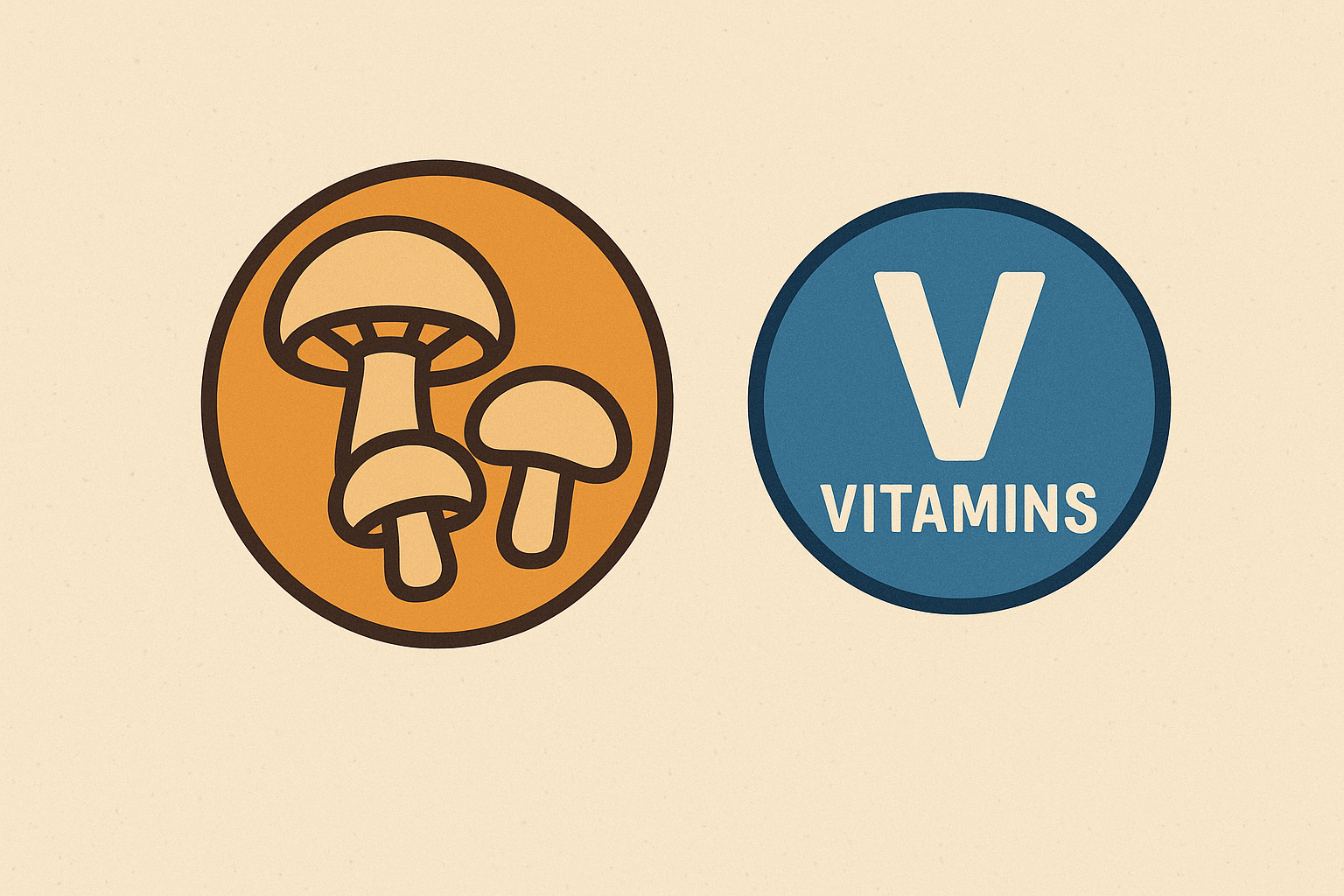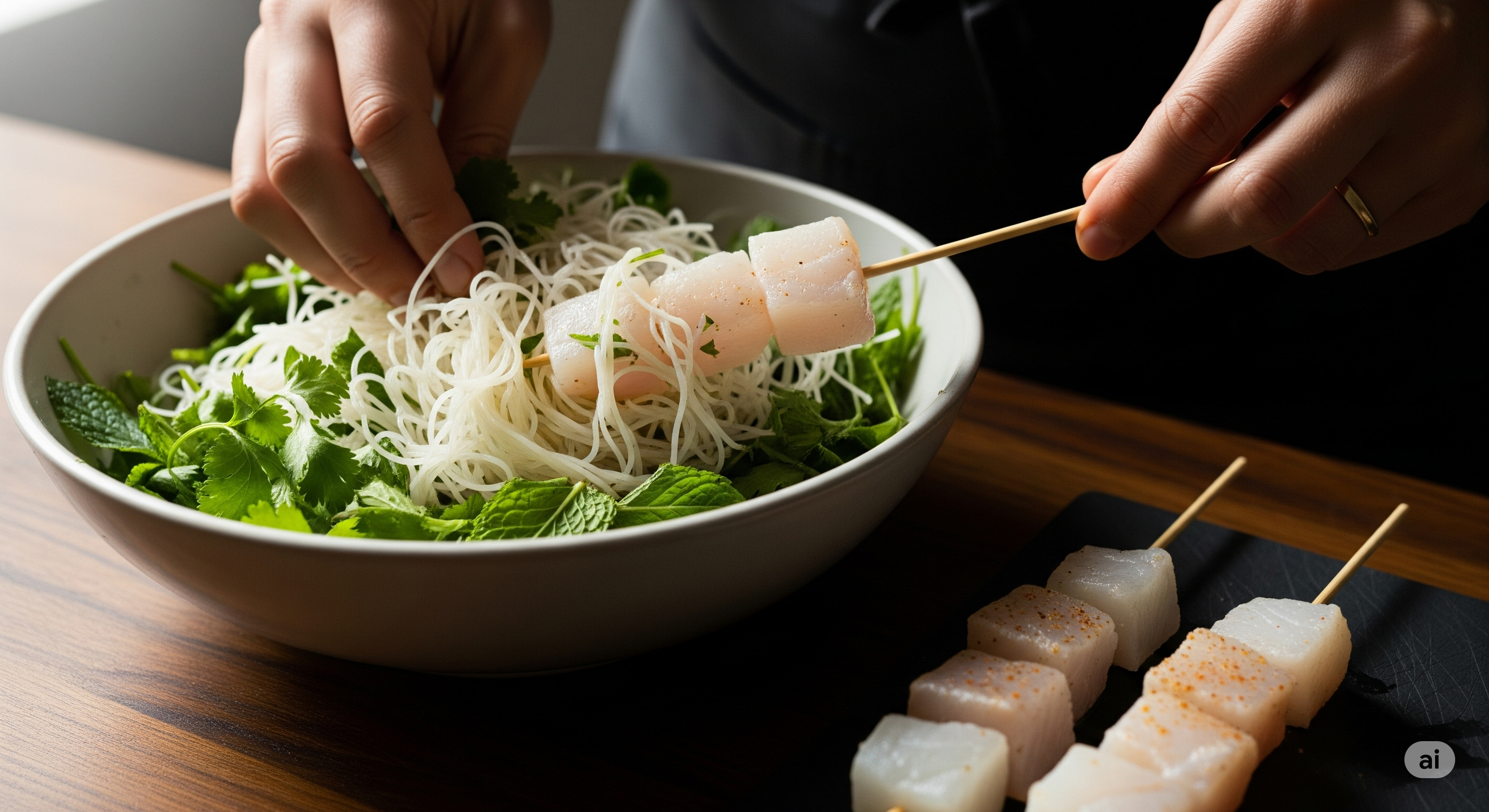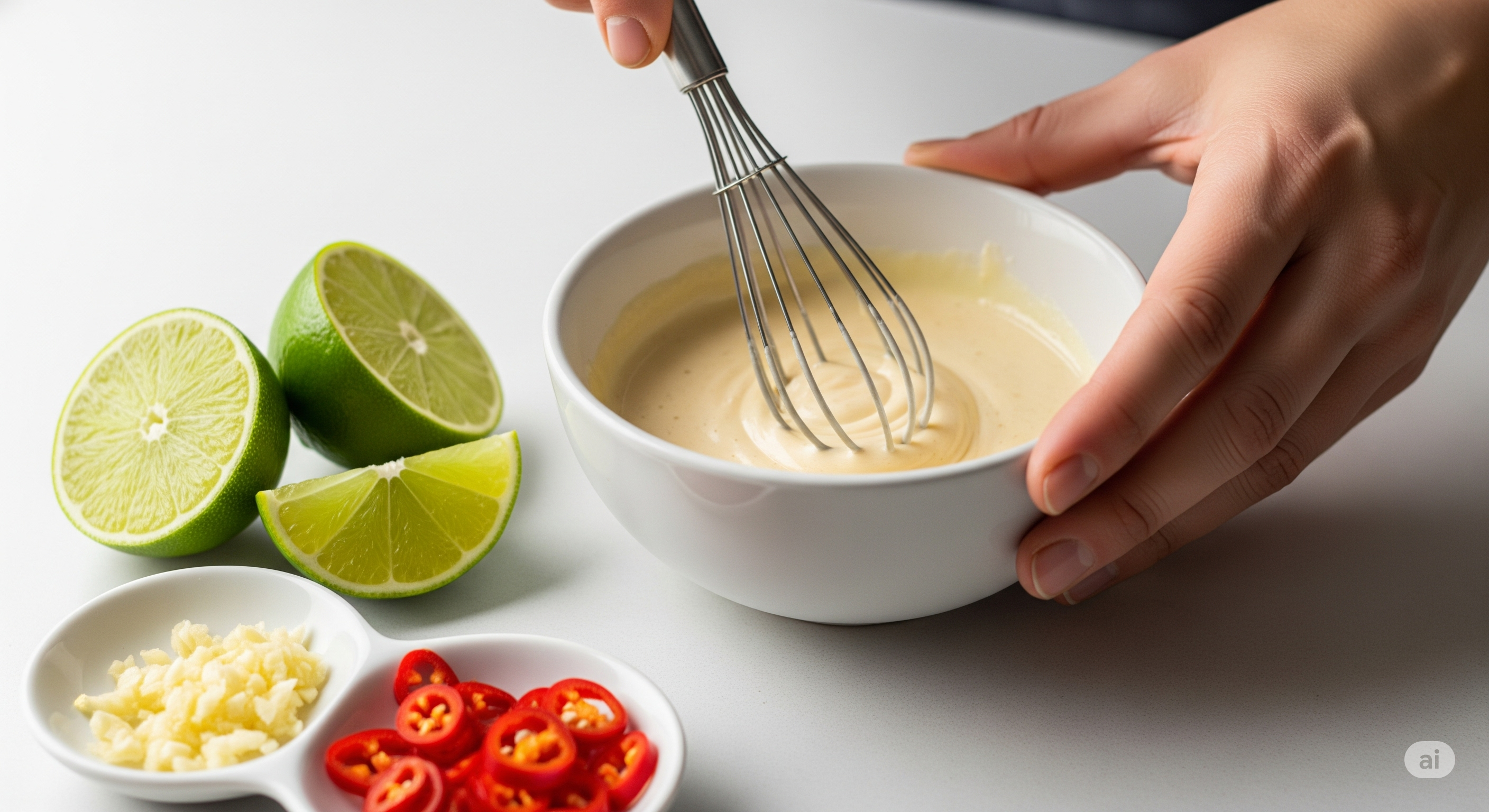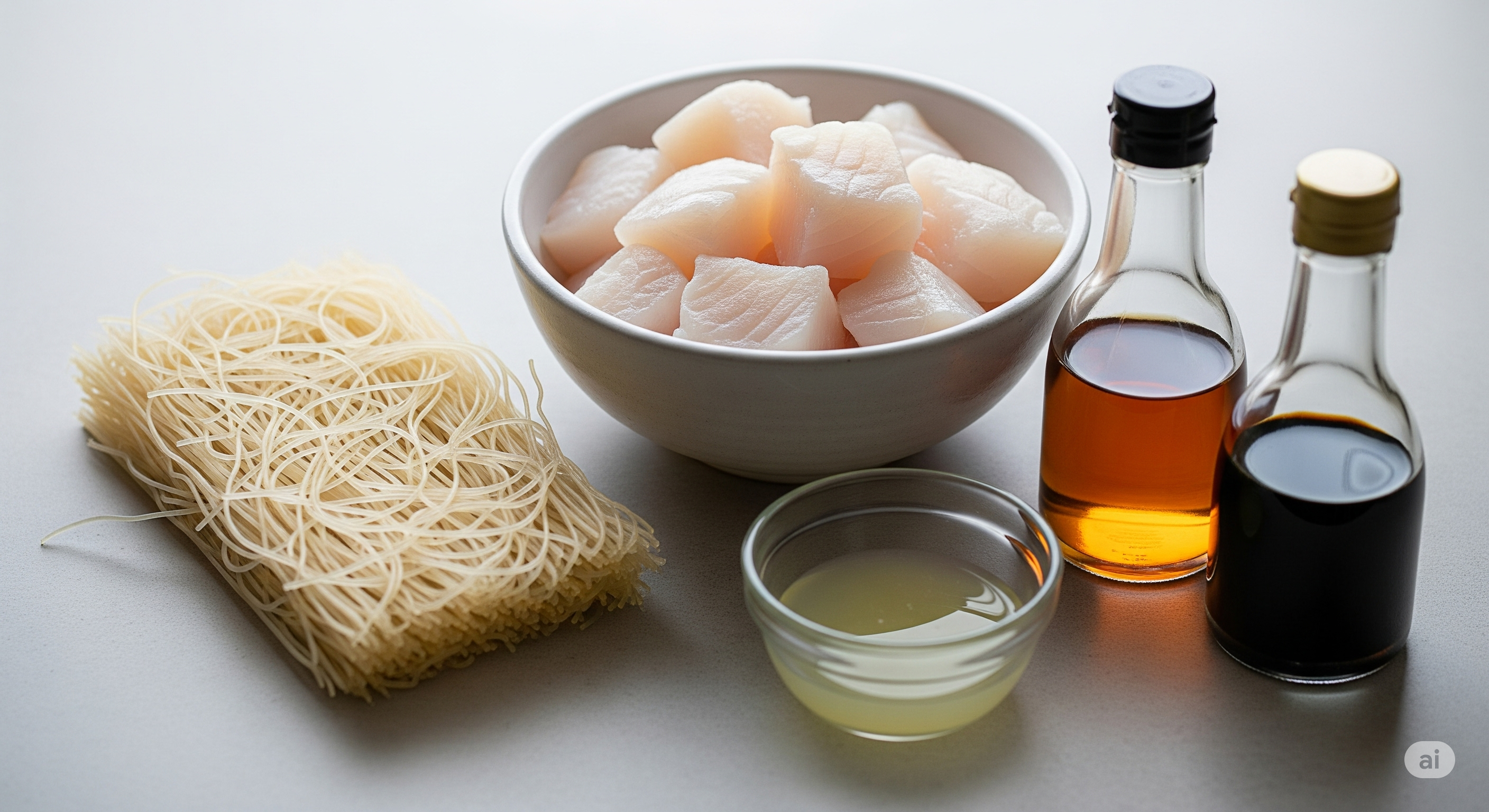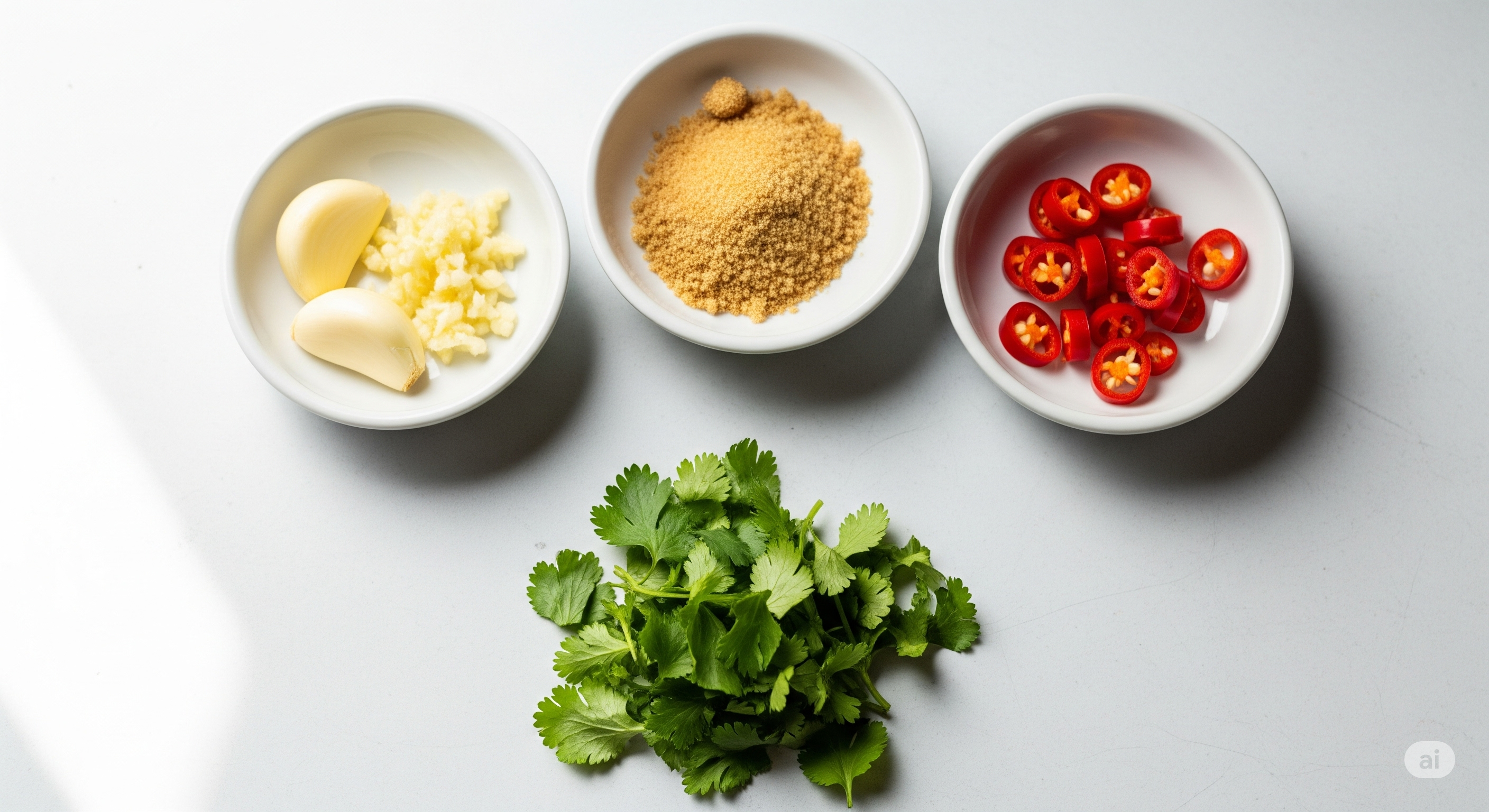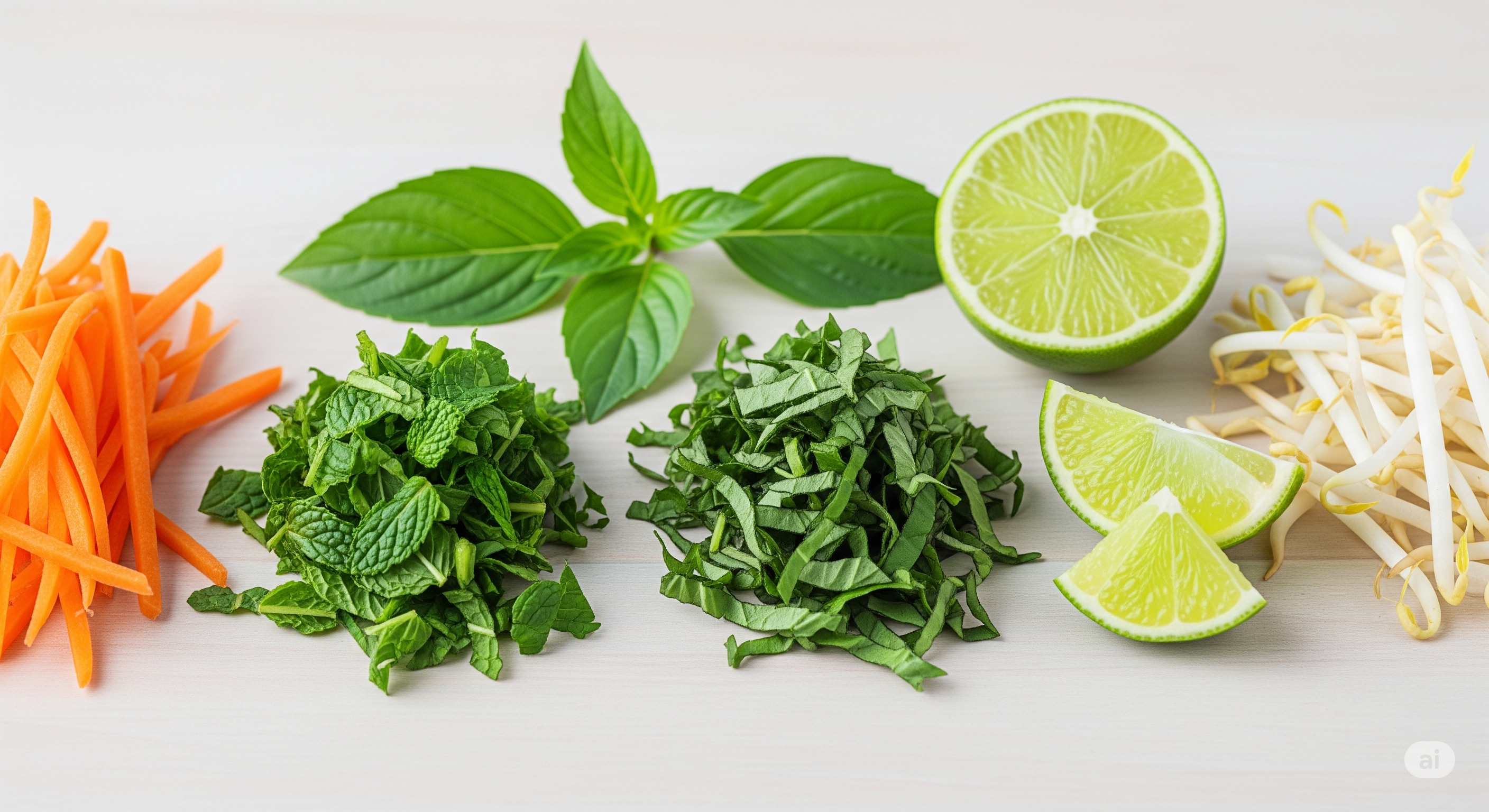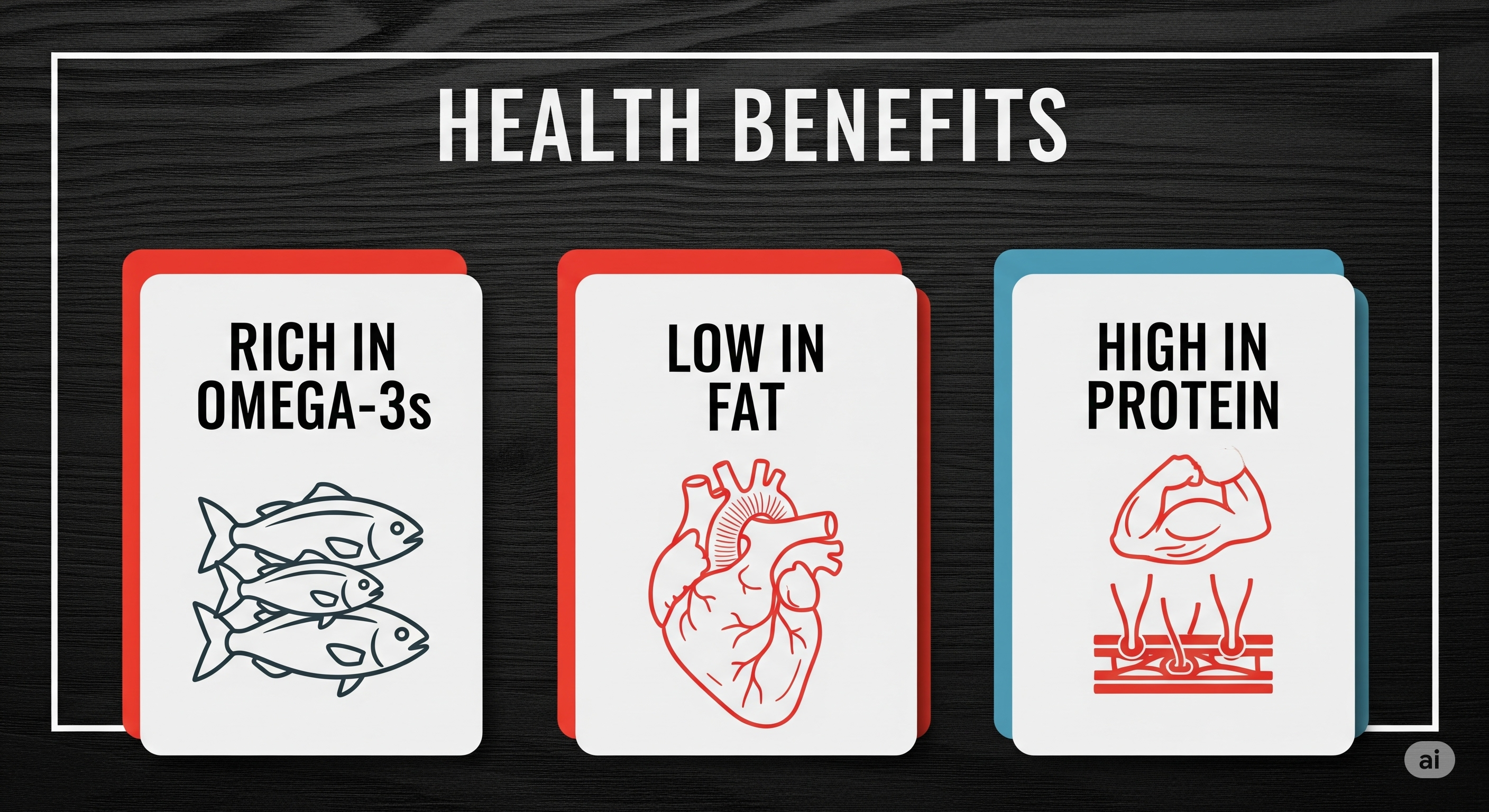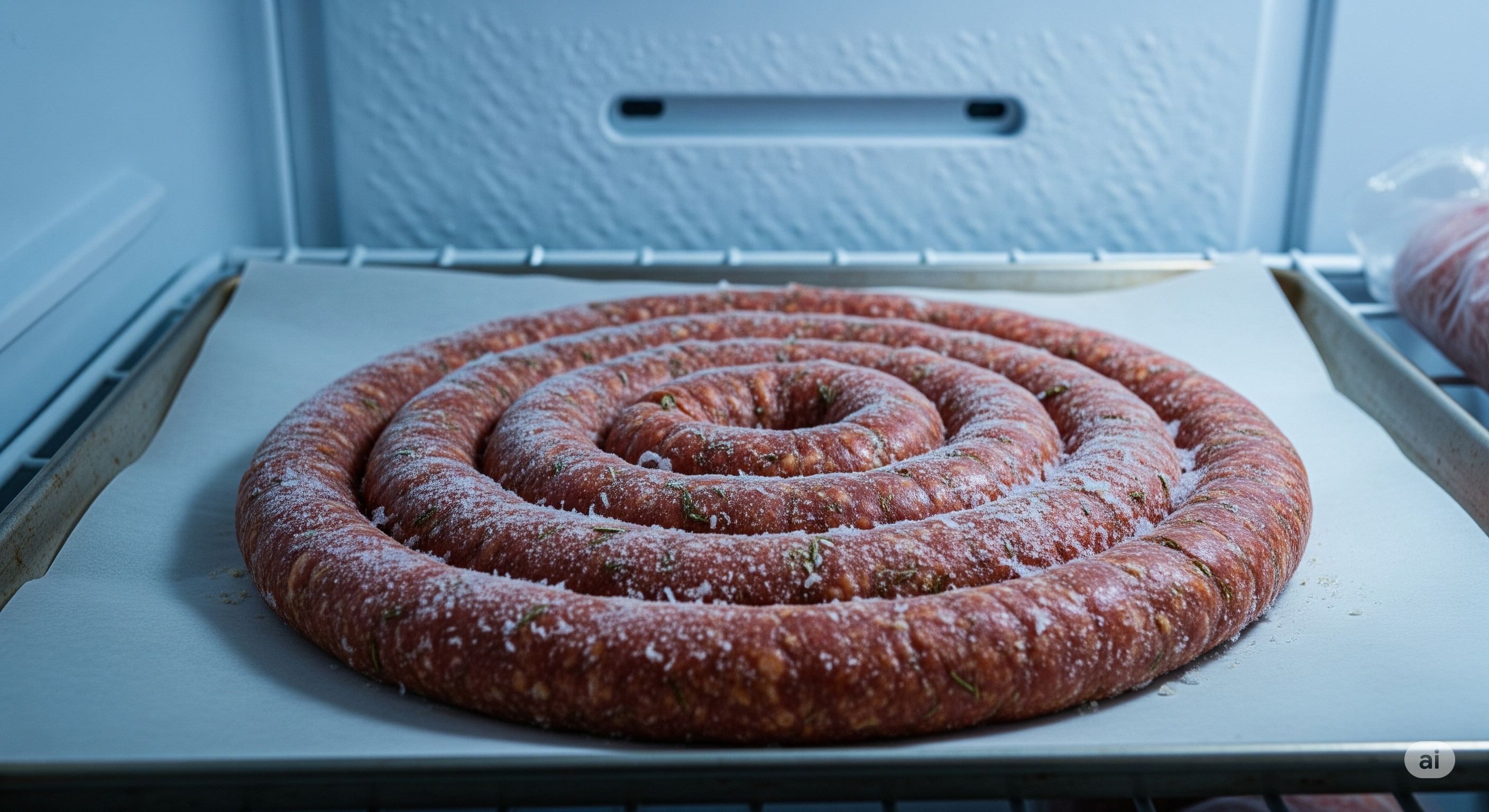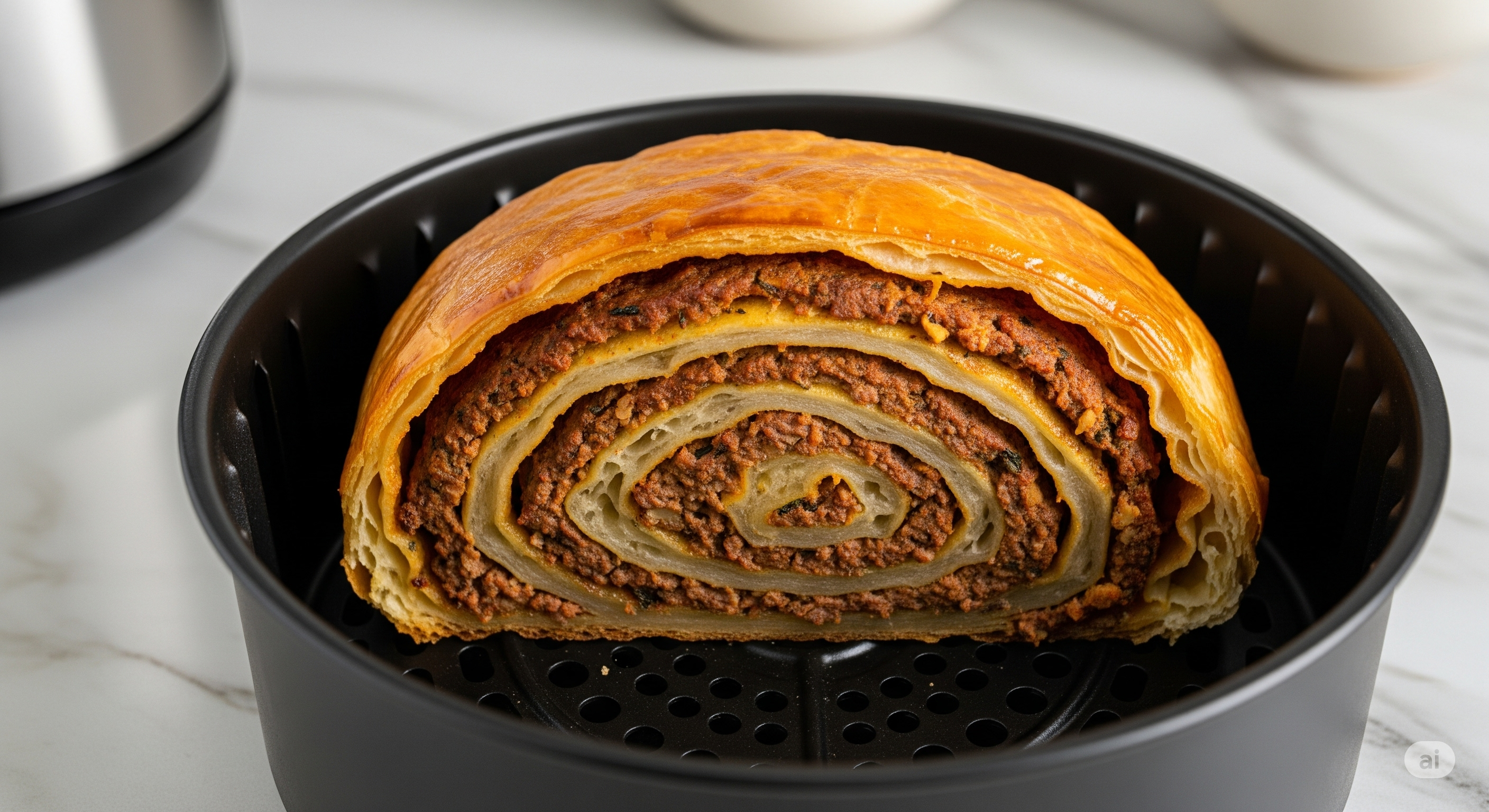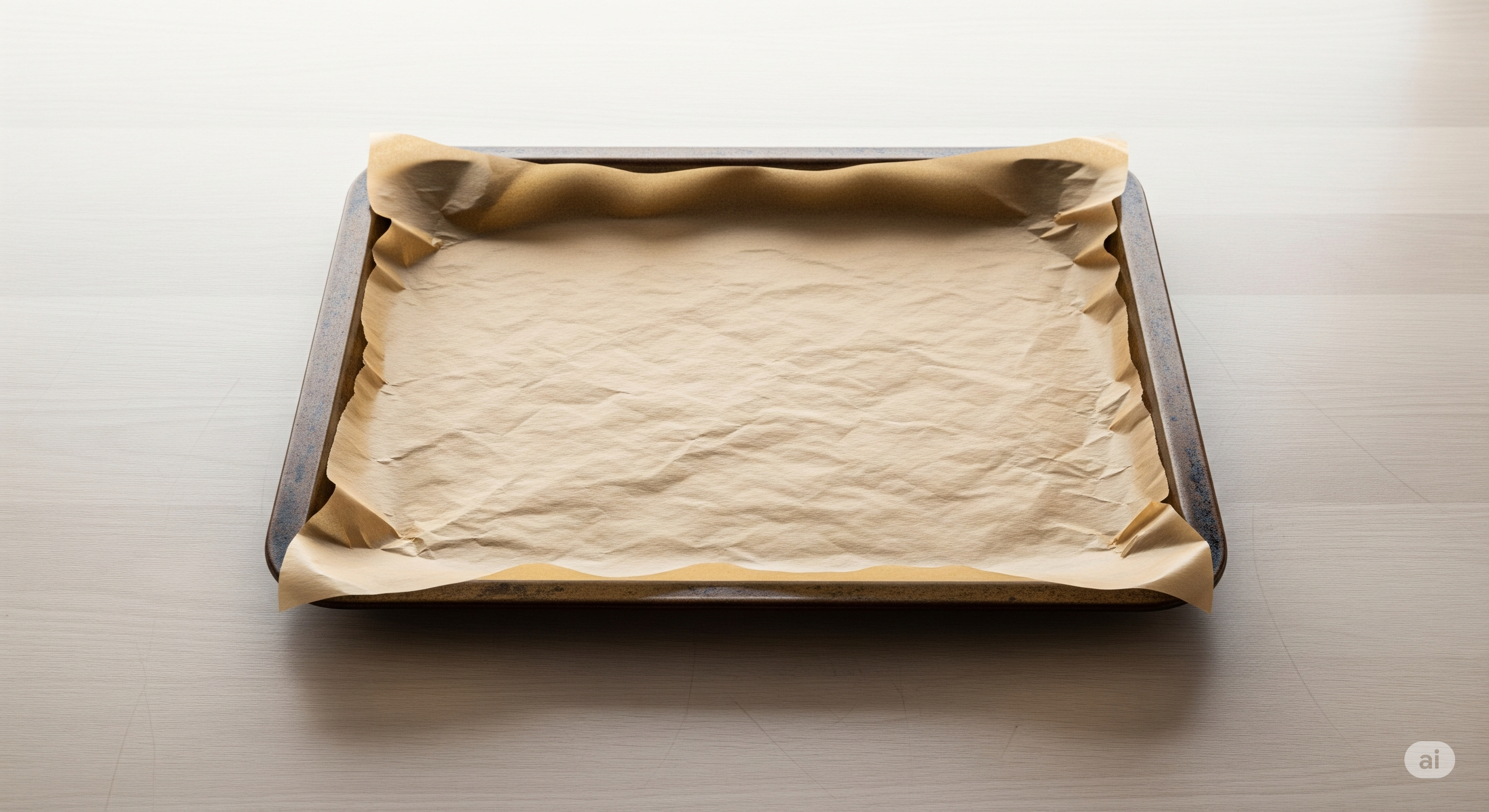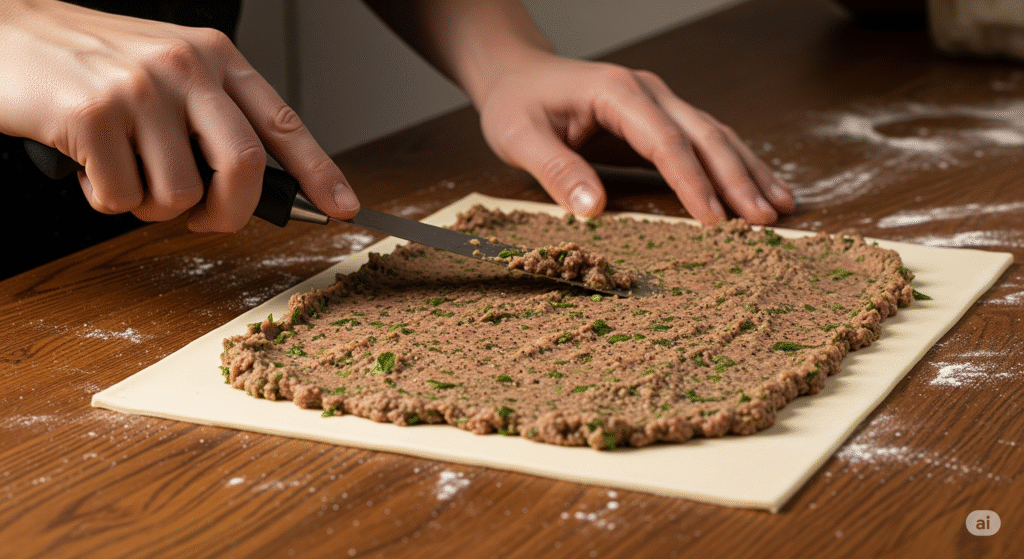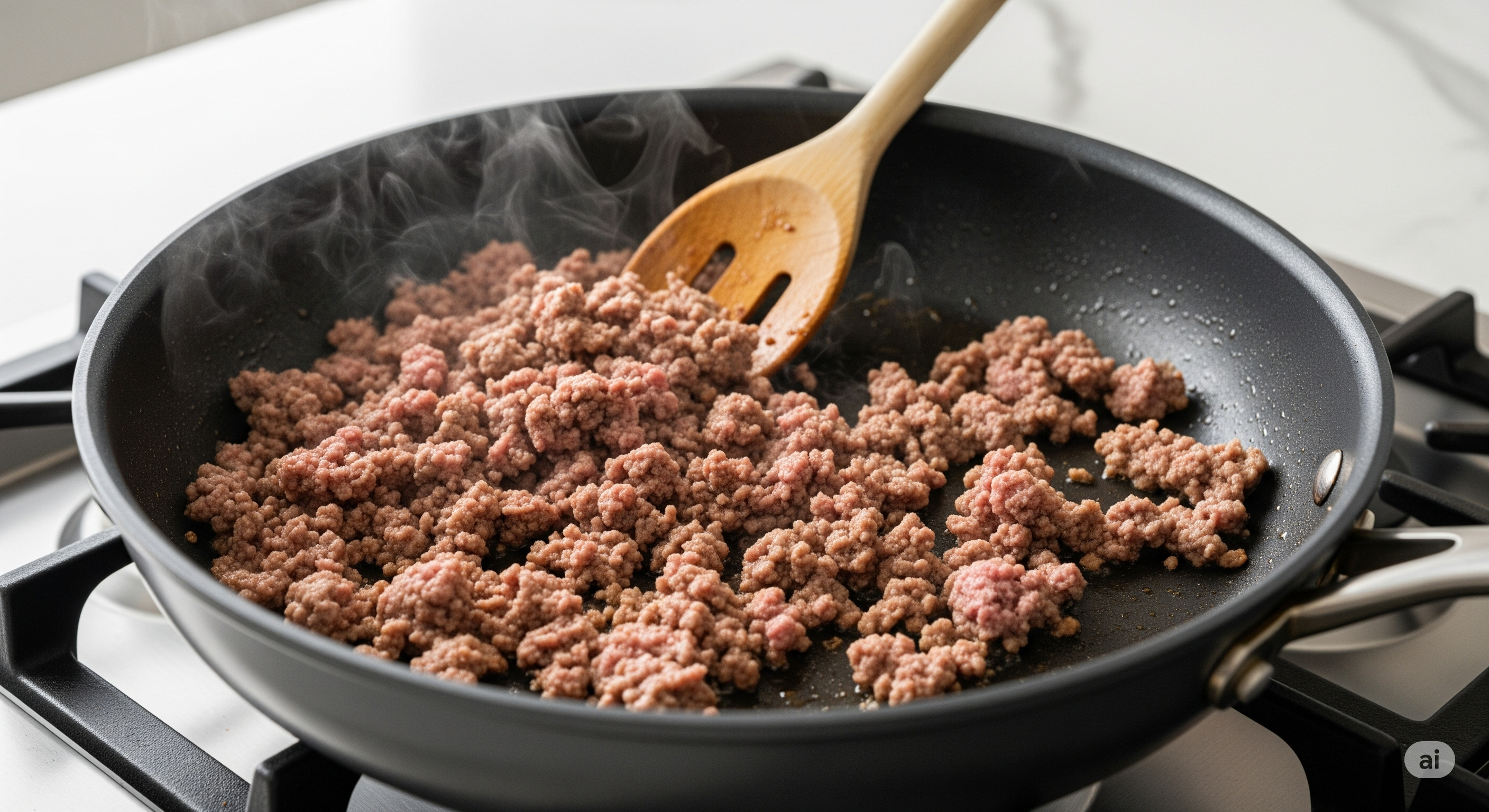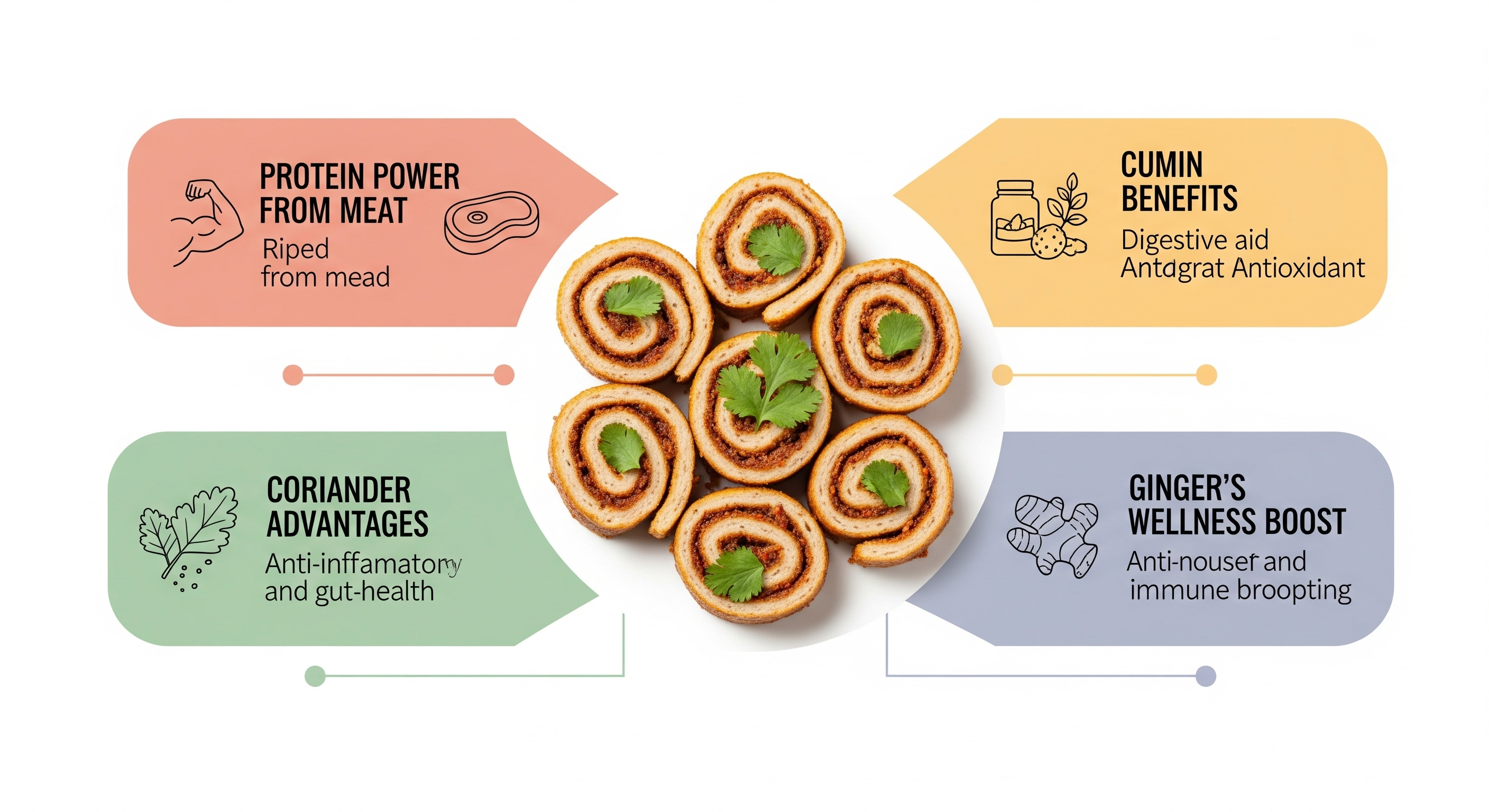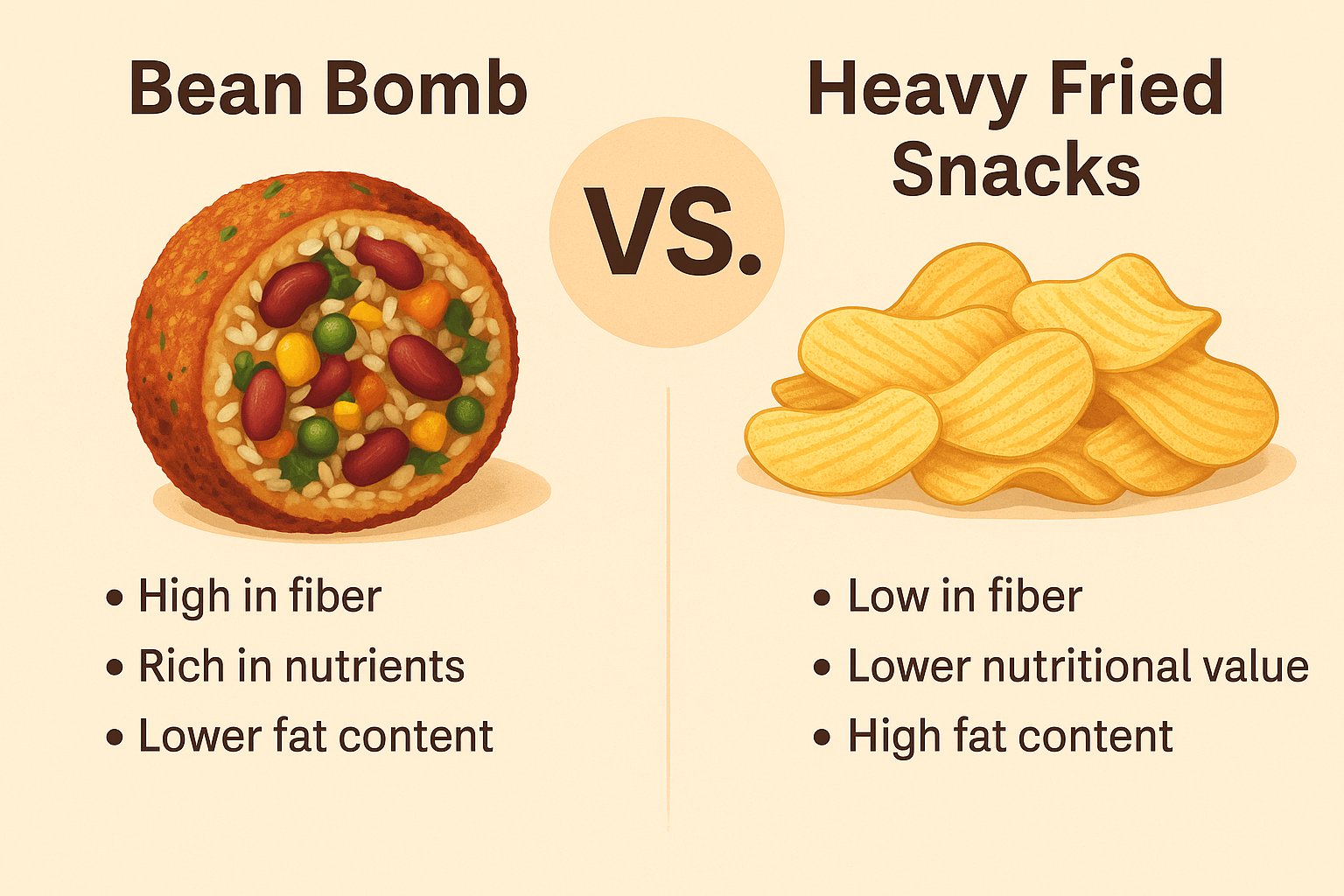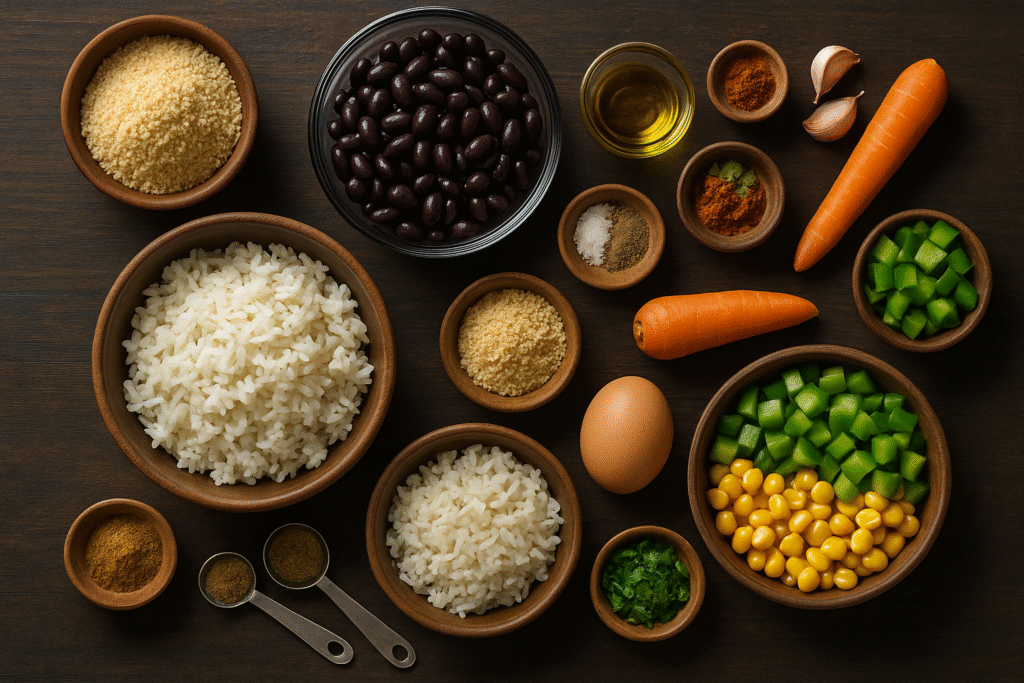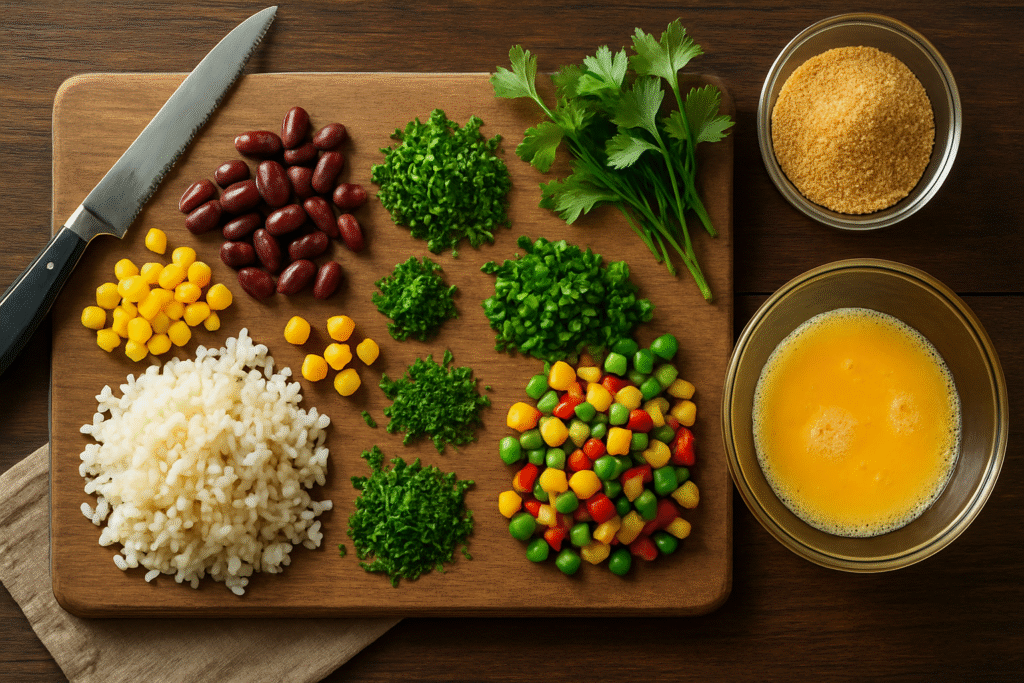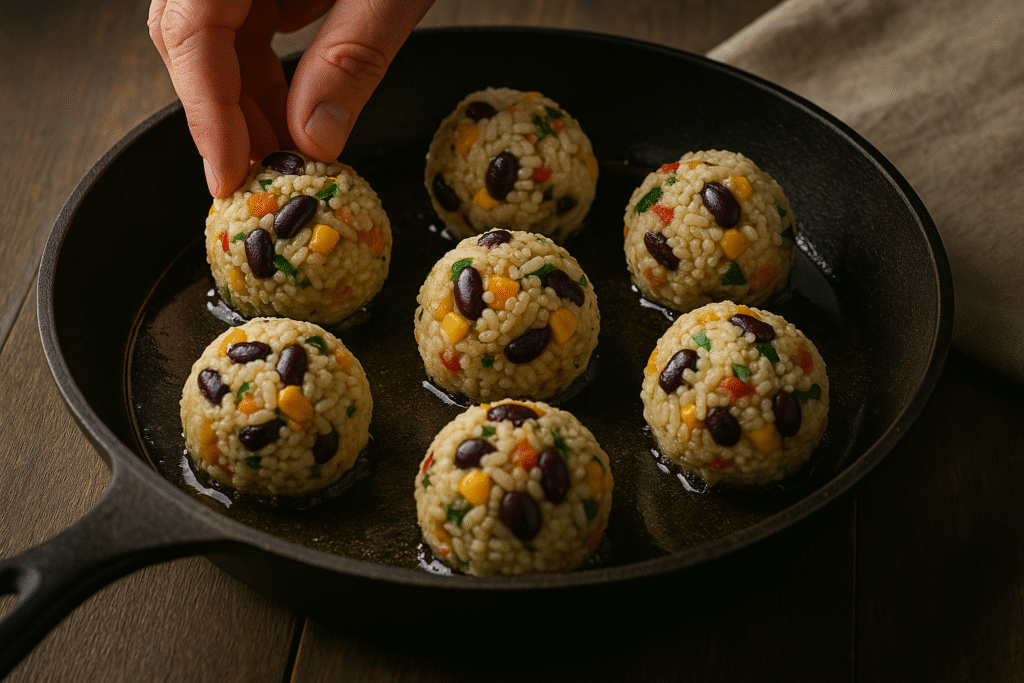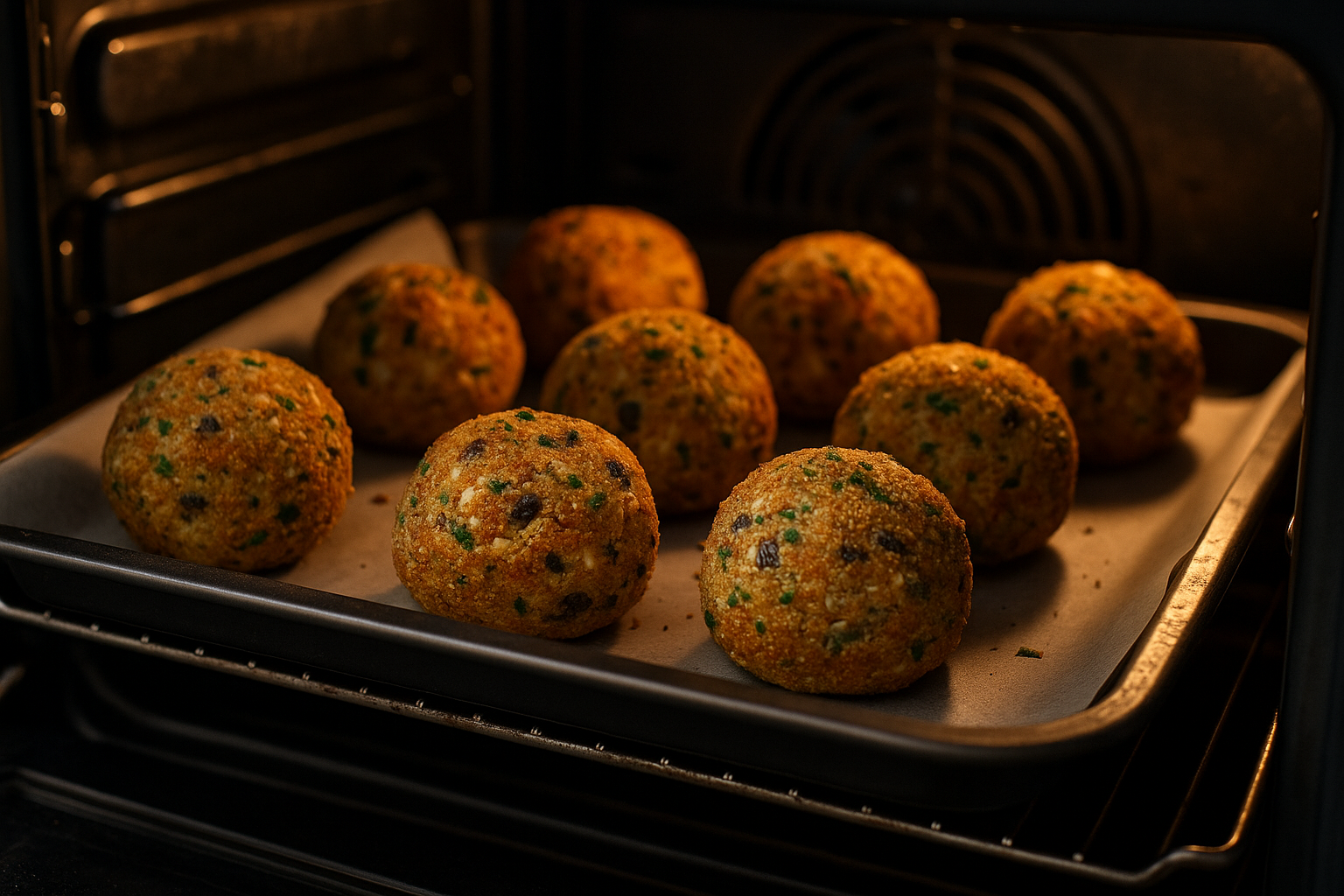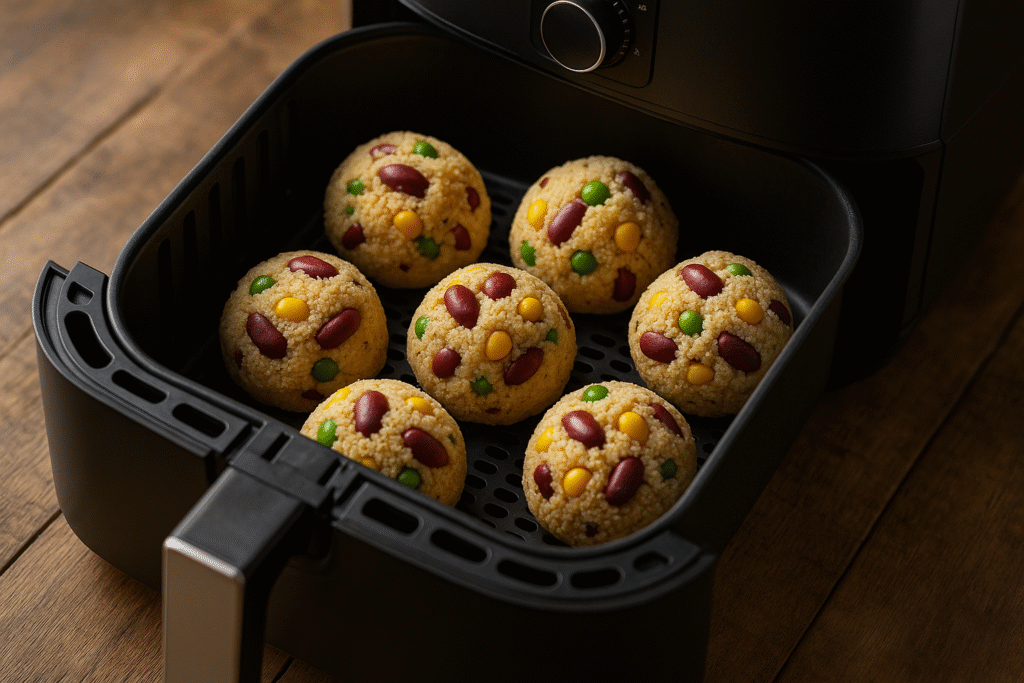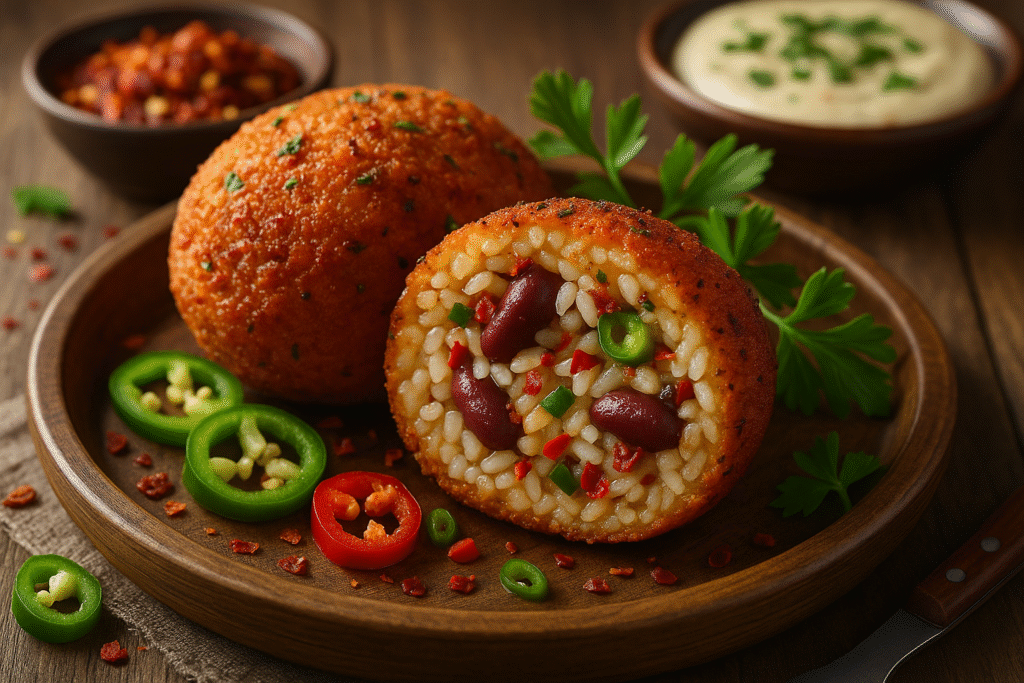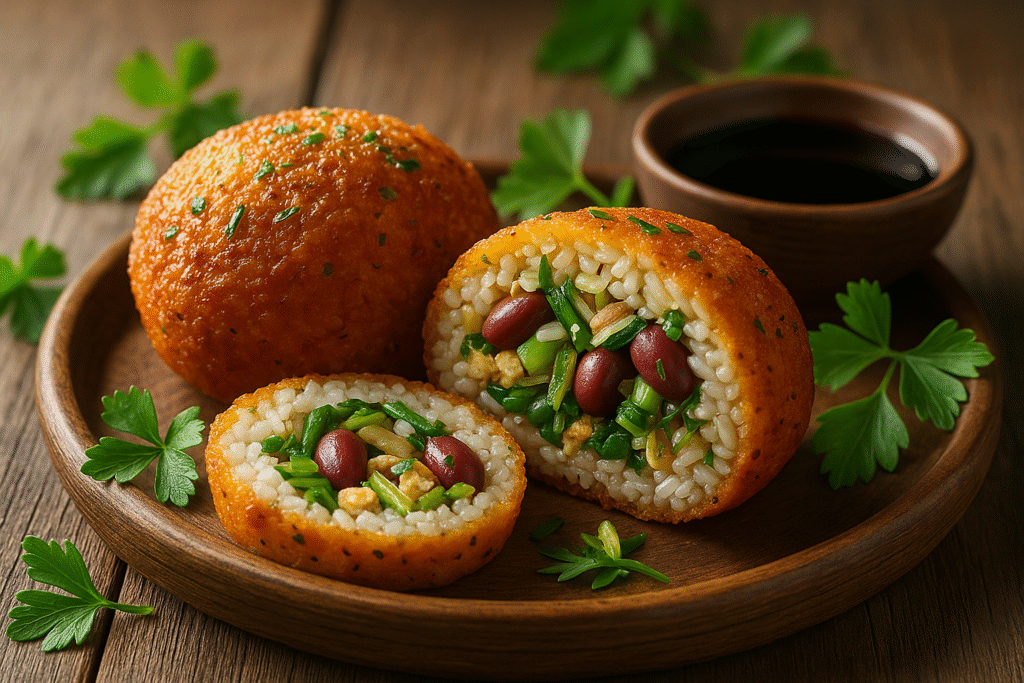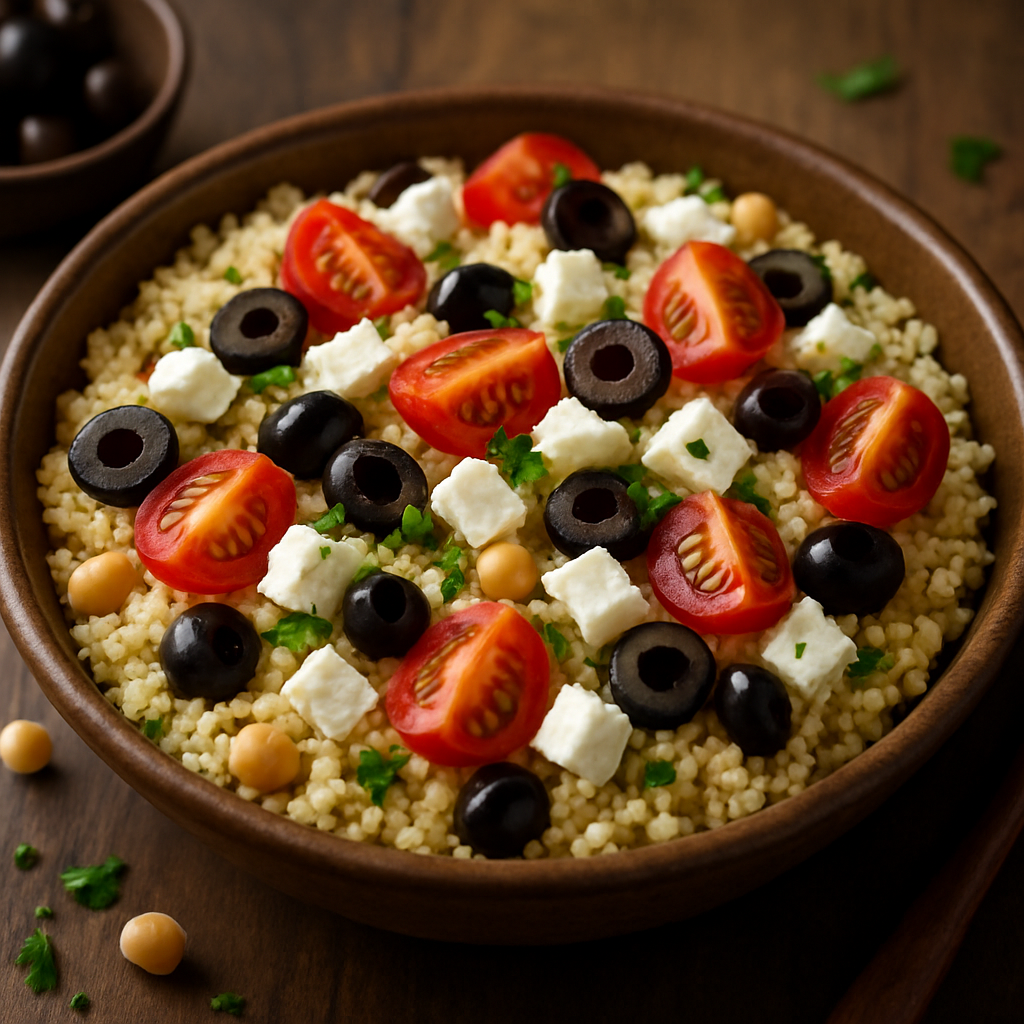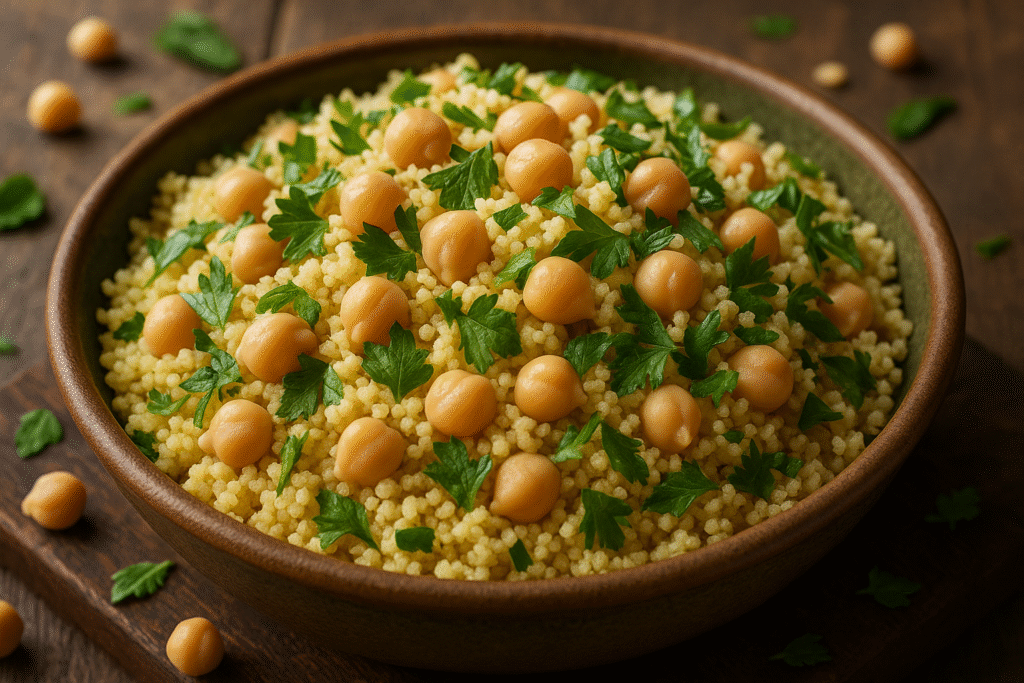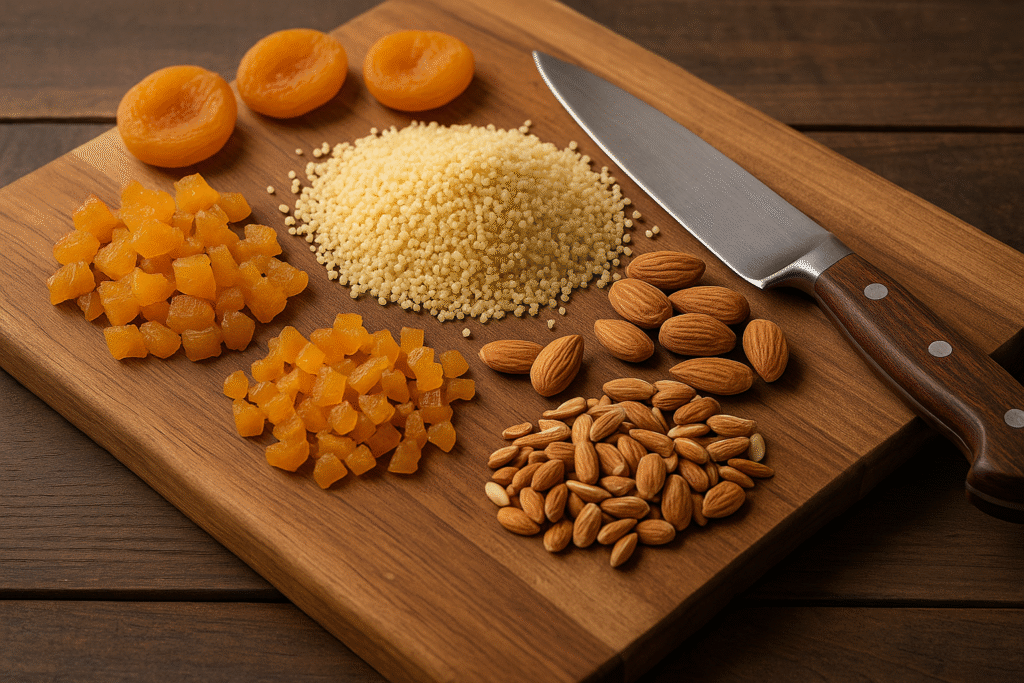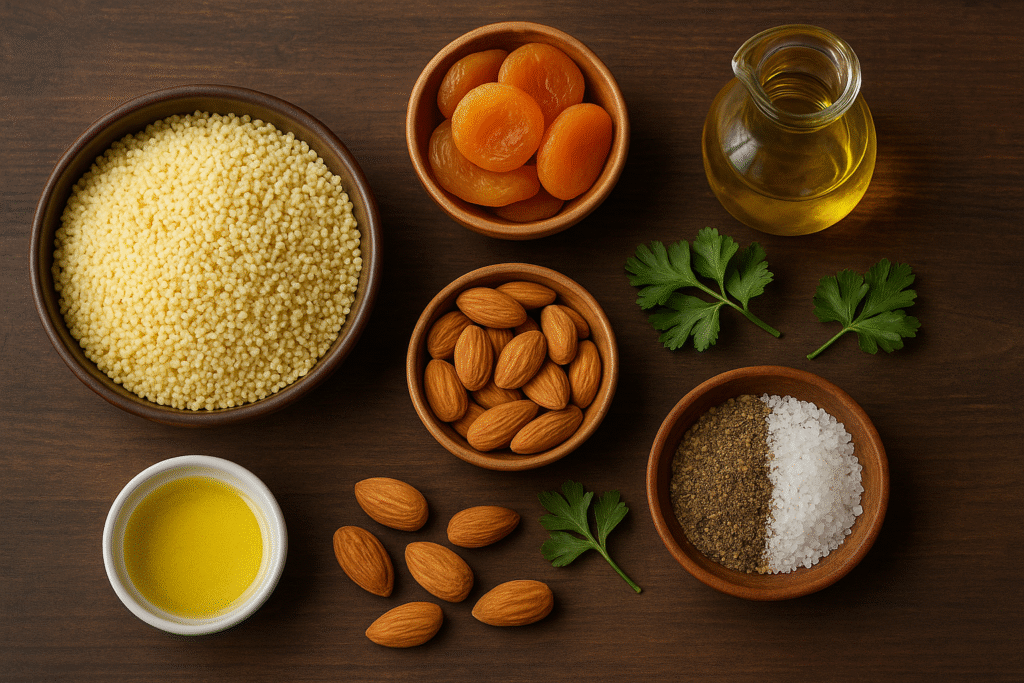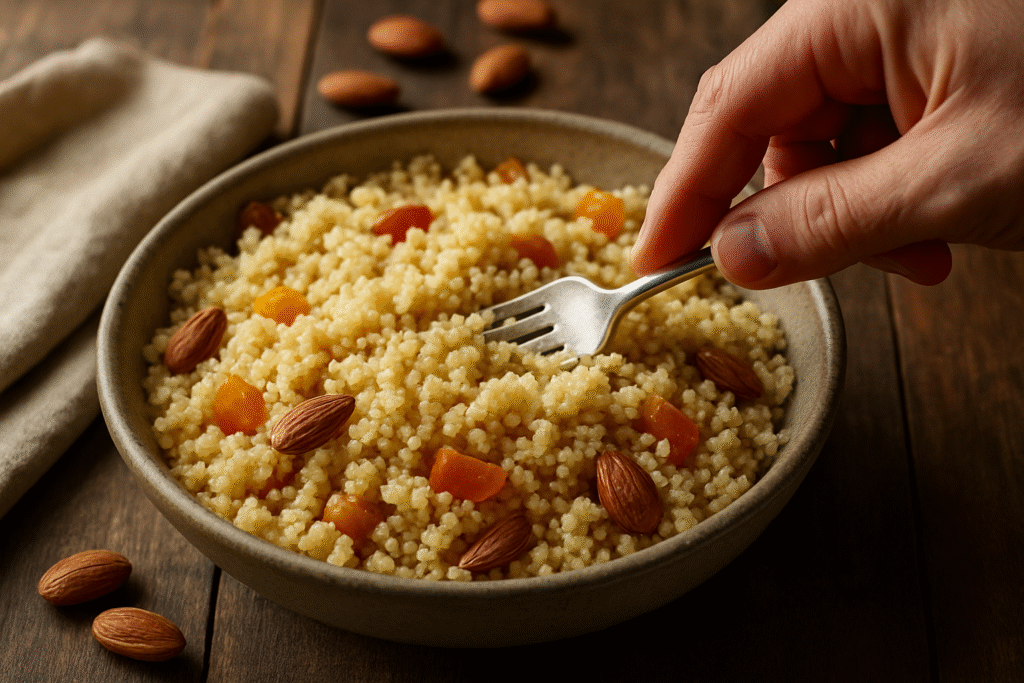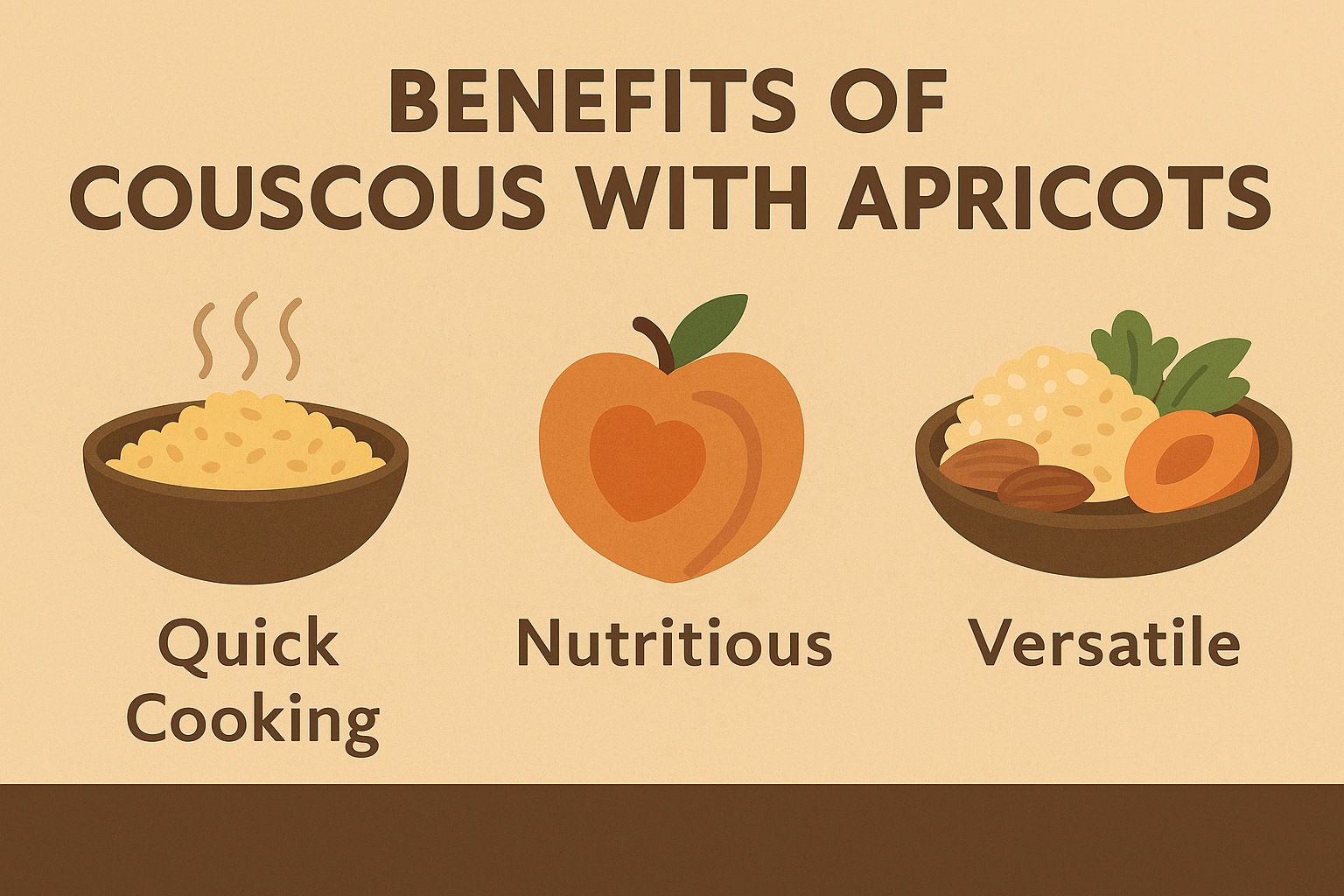This article will guide you through creating a unique and flavorful Pasta Salad that is far from ordinary. You’ll learn to combine simple ingredients like pasta, grilled chicken, and fresh vegetables with unexpected additions like sweet mandarin oranges and nutrient-rich chia seeds to create a truly unforgettable meal. The versatility of this Pasta Salad makes it perfect for a busy weeknight dinner or a light, refreshing lunch.
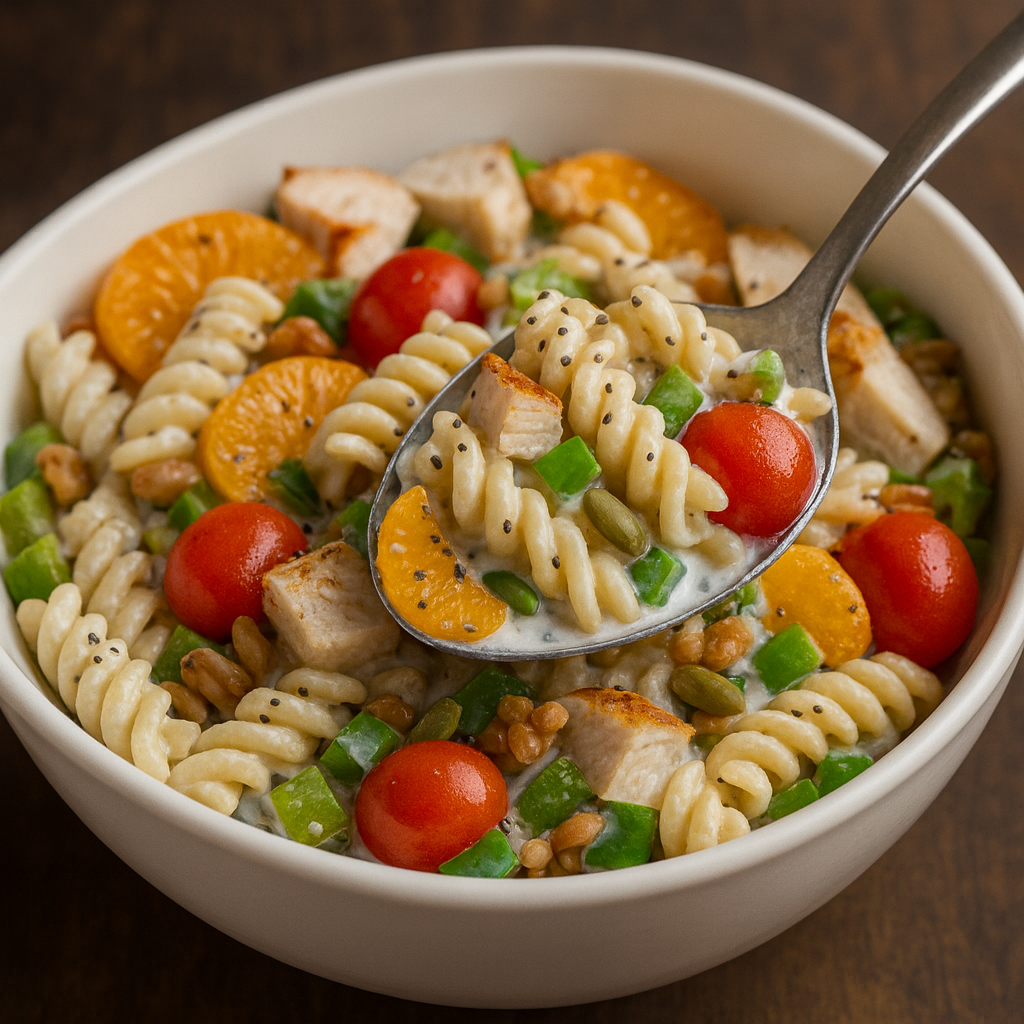
Why This Pasta Salad Is a Game-Changer
Have you ever found yourself in a food rut, making the same old recipes on repeat? It’s a common challenge for even the most enthusiastic home cooks. This recipe for the best Pasta Salad ever is here to help you break free from that routine. We’re taking a beloved classic and giving it a fresh, modern twist that’s not only delicious but also packed with nutrients and vibrant flavors. This isn’t your grandmother’s creamy macaroni salad; it’s a bright, satisfying, and refreshingly different dish that will become a new favorite in your repertoire.
What makes this particular Pasta Salad so special is its incredible balance of textures and tastes. Imagine the satisfying chewiness of perfectly cooked pasta, the crispness of fresh green peppers, the sweet pop of cherry tomatoes, and the savory tenderness of grilled chicken. Then, we introduce an unexpected burst of citrus from mandarin oranges, which cuts through the richness of the creamy, herbed dressing. Finally, a sprinkle of nuts and seeds adds a delightful crunch and an extra layer of healthy goodness.
Low-Effort, High-Reward Cooking
This dish is also a testament to how simple ingredients can come together to create something truly extraordinary. It’s a low-effort, high-reward meal that’s perfect for meal prepping, packing for a picnic, or serving at your next barbecue. The ingredients are easy to find and the steps are straightforward, making it accessible for cooks of all skill levels. Even if you’ve never made a Pasta Salad before, this recipe will guide you to a perfect result every single time.
Beyond its amazing flavor, this Pasta Salad is a nutritional powerhouse. It’s a complete meal in a single bowl, offering a fantastic balance of carbohydrates, lean protein, and healthy fats. The vibrant colors in the salad aren’t just beautiful to look at; they’re a sign of the wide array of vitamins and antioxidants you’re getting with every bite. The combination of ingredients supports everything from digestive health to energy levels, making it a smart choice for your body.
So, get ready to discover a new way to enjoy a classic. This recipe for the best Pasta Salad ever is more than just a meal; it’s an invitation to have fun in the kitchen and nourish your body with every spoonful. Let’s get started on this culinary adventure and prepare a dish that’s sure to impress everyone who tries it.
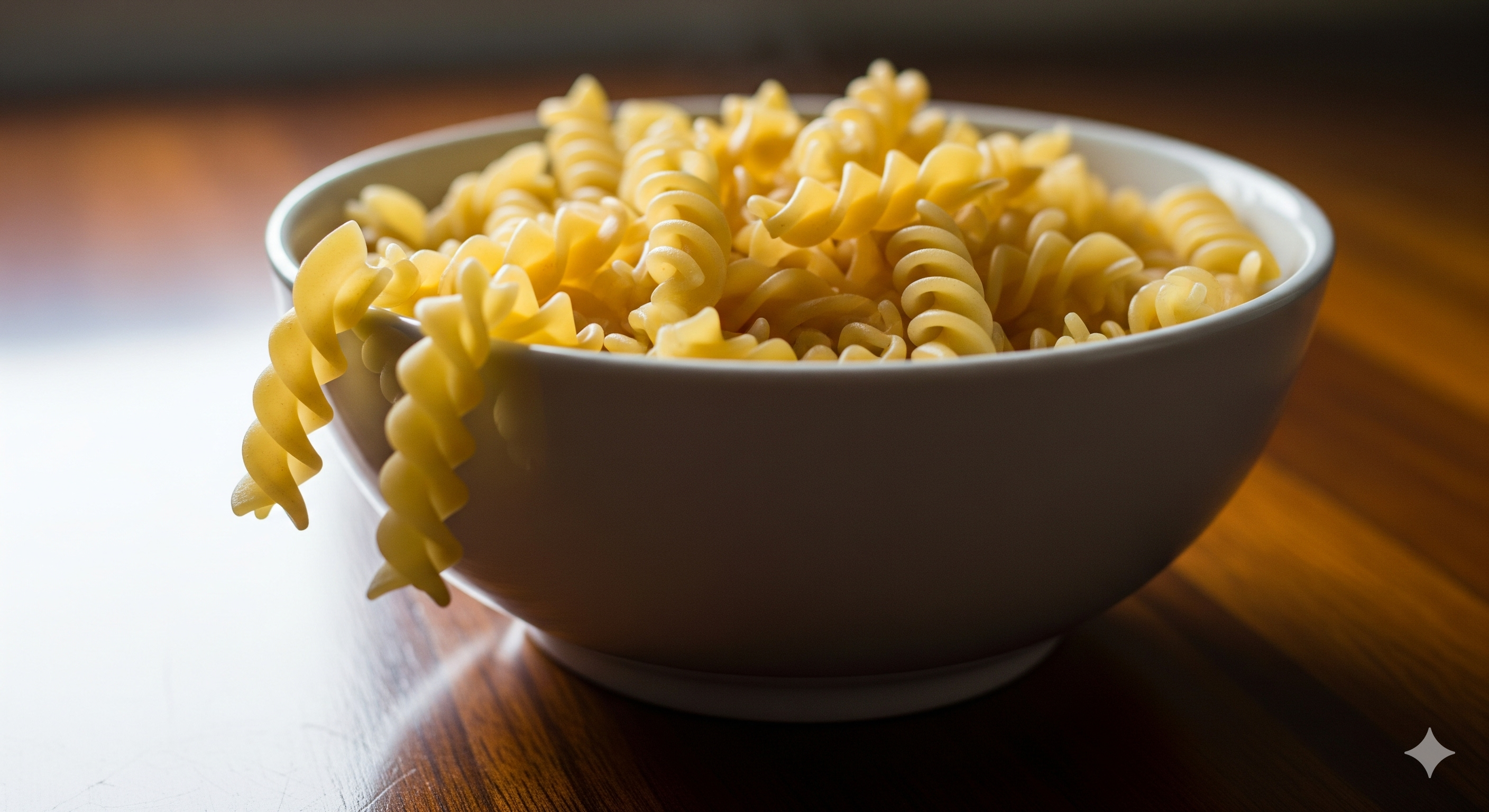
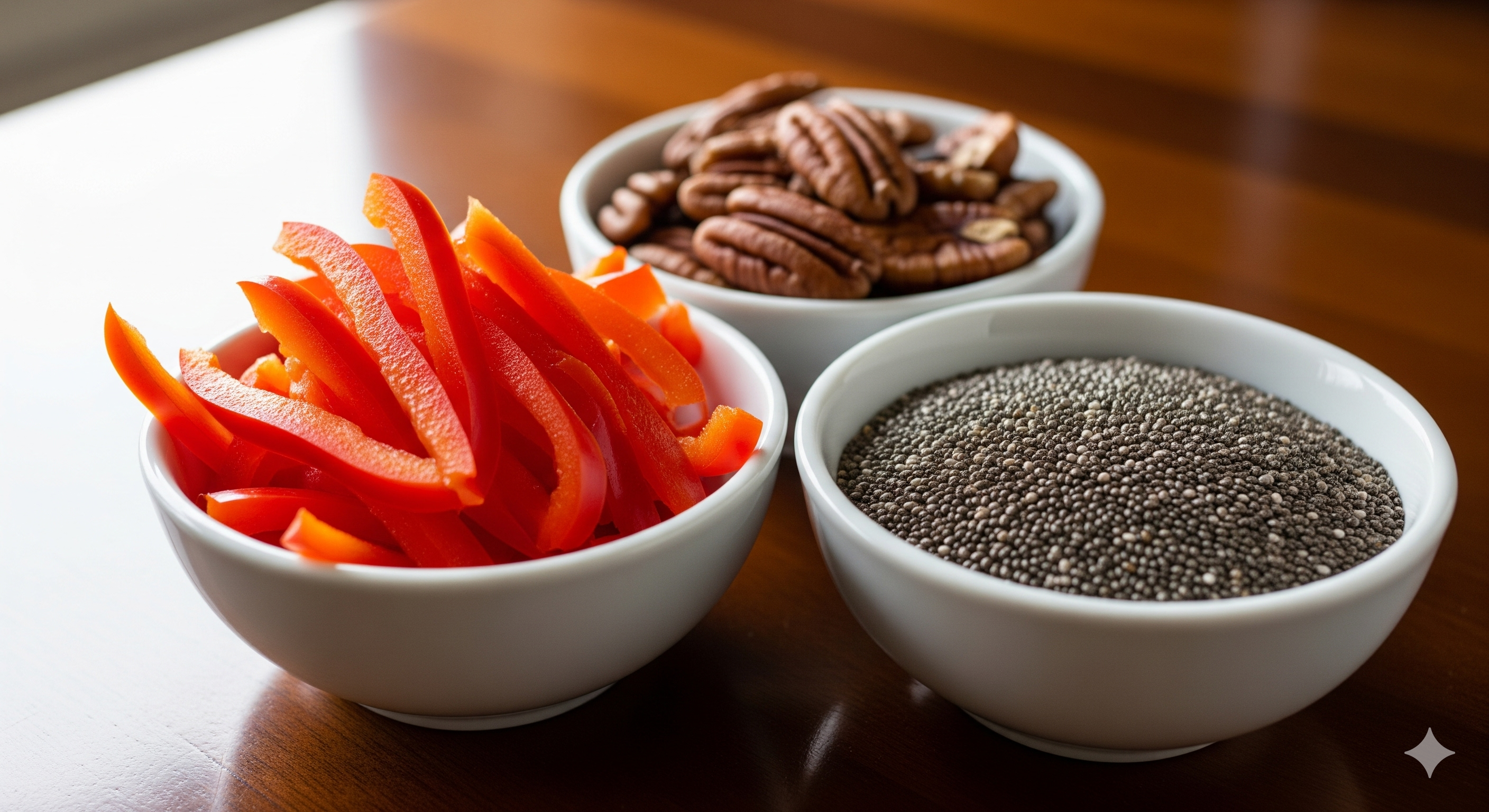
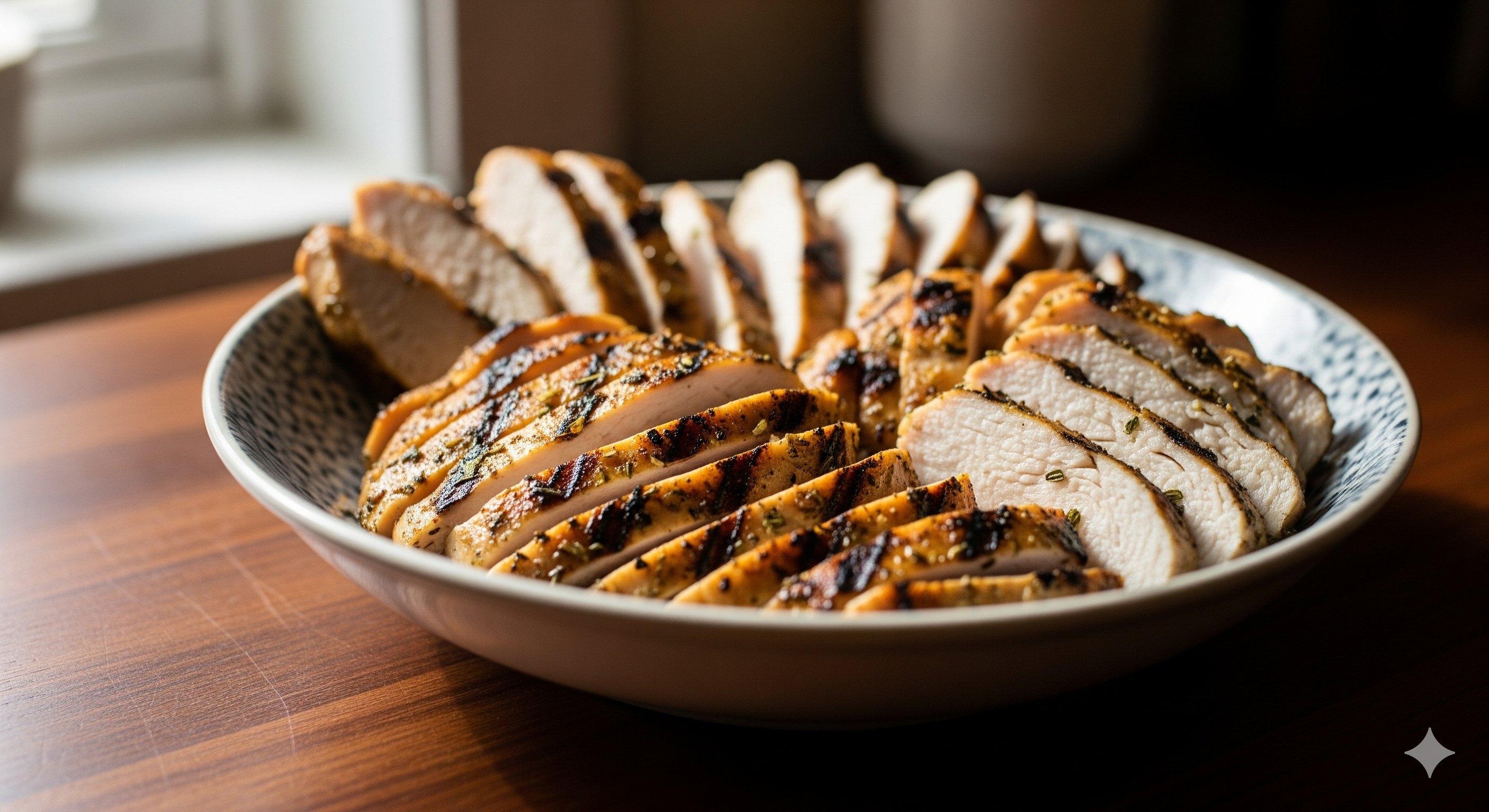
The gallery shows cooked pasta, bell peppers and grilled chicken
Your Best Pasta Salad Recipe
Time to Prepare: 20 minutes
Time to Cook/Blend: 15 minutes
Servings: 6
Nutritional Information
This Pasta Salad recipe is more than just tasty; it’s a complete, well-balanced meal. A single serving provides a healthy mix of macronutrients. The pasta serves as a source of complex carbohydrates for sustained energy, while the grilled chicken provides high-quality lean protein, essential for muscle repair and keeping you feeling full.
The nuts and seeds contribute healthy monounsaturated fats and fiber, which aid in satiety and heart health. The wide variety of fresh vegetables and mandarin oranges are rich in vitamins, minerals, and antioxidants, supporting a robust immune system. The yogurt-based dressing reduces saturated fat compared to traditional mayonnaise-based versions, making it a lighter and healthier choice.
Equipment
- Large pot or Dutch oven
- Large mixing bowl
- Cutting board and sharp knife
- Small bowl for dressing
- Whisk
- Large colander
- Spoon or tongs for mixing
Ingredients
For the Pasta Salad
- 1 pound (16 ounces) spiral pasta (rotini or fusilli)
- 1 large chicken breast (about 8 ounces), grilled and cubed
- 1 cup cherry tomatoes, halved
- 1 large green bell pepper, finely diced
- 1 (11-ounce) can mandarin orange segments, drained
- 1/2 cup walnuts or pecans, chopped
- 2 tablespoons chia seeds
For the Creamy Yogurt Dressing
- 1 cup plain Greek yogurt
- 1/2 cup mayonnaise (or a lighter alternative)
- 2 tablespoons lemon juice
- 1 tablespoon white wine vinegar
- 1 tablespoon fresh dill, finely chopped
- 1 teaspoon onion powder
- 1 teaspoon garlic powder
- Salt and black pepper to taste
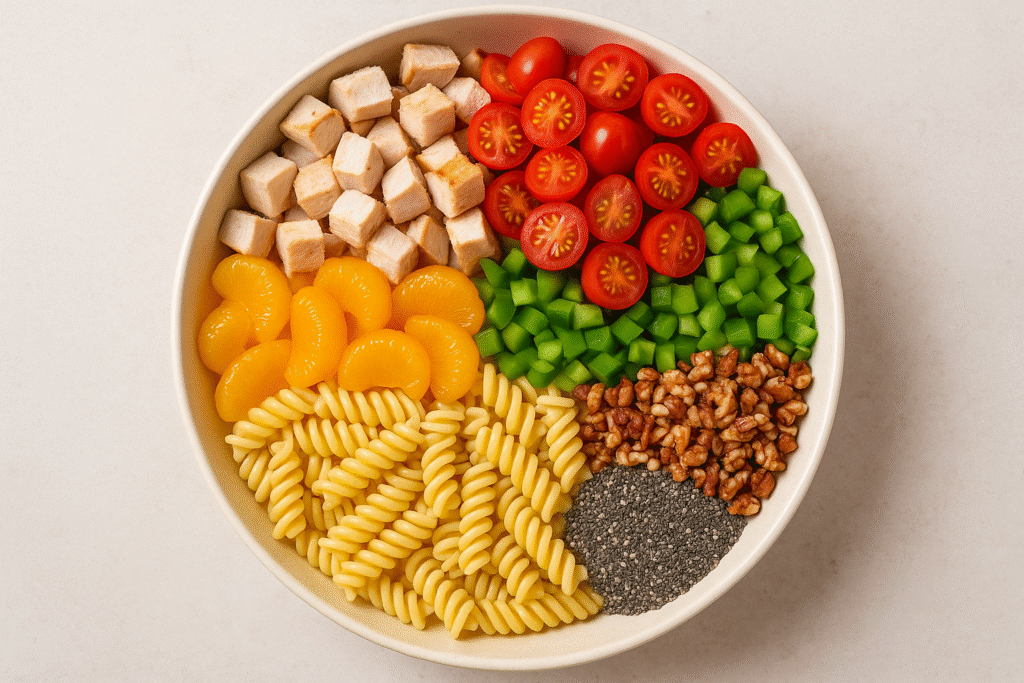
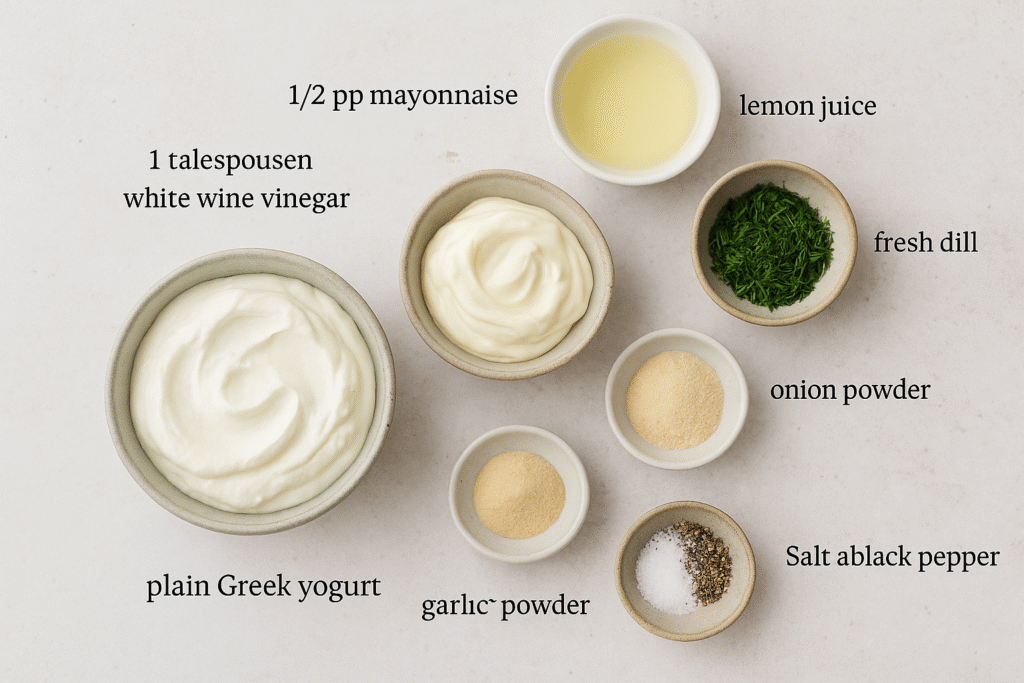
The images show the raw ingredients used in this recipe
Step-by-Step Instructions for the Perfect Pasta Salad
Cook the Pasta
Bring a large pot of salted water to a rolling boil over high heat. Add the pasta and stir occasionally to prevent it from sticking together. Cook the pasta according to the package directions, or until it’s al dente (tender but still firm to the bite). Once cooked, drain the pasta thoroughly using a colander. Rinse the pasta under cold water for about 30 seconds to stop the cooking process and cool it down. This is an important step to prevent the salad from becoming gummy. Once rinsed, set it aside to drain completely.
Prepare the Dressing
While the pasta is cooking, you can make the delicious creamy dressing. In a medium-sized bowl, whisk together the plain Greek yogurt, mayonnaise, lemon juice, and white wine vinegar until the mixture is smooth and well-combined. Next, stir in the fresh dill, onion powder, and garlic powder. Season generously with salt and black pepper. Whisk everything together one last time to ensure all the spices are fully incorporated. Taste the dressing and adjust the seasonings if needed. Set the dressing aside.
Combine the Salad Ingredients
Once the pasta has cooled and drained, transfer it to a large mixing bowl. Add the cubed grilled chicken, halved cherry tomatoes, and finely diced green bell pepper to the bowl with the pasta. Carefully fold the ingredients together using a spoon or tongs to ensure an even mix.
Add the Dressing and Finishes
Pour the prepared creamy yogurt dressing over the pasta and vegetable mixture. Gently toss everything together until all the ingredients are evenly coated in the dressing. Next, gently fold in the drained mandarin orange segments, chopped walnuts or pecans, and the two tablespoons of chia seeds. These delicate ingredients should be added last to prevent them from breaking apart.
Chill and Serve
For the best flavor, cover the bowl and place it in the refrigerator to chill for at least 30 minutes. This chilling time allows the flavors to meld together and the dressing to absorb into the pasta, making it even more delicious. Give the salad one last toss before serving to redistribute the dressing and ingredients.
The Benefits of This Pasta Salad
This Pasta Salad is not just a tasty treat; it’s a foundational dish for a balanced diet. Its strength lies in its perfectly calibrated mix of macronutrients. The complex carbohydrates from the pasta provide a steady release of energy, preventing the sharp peaks and subsequent crashes that come from simple sugars. This is beautifully complemented by the lean protein from the grilled chicken and the healthy fats from the nuts and seeds.
Together, this trio keeps you feeling full and satisfied for longer, which is a key factor in managing appetite and supporting long-term weight management goals. It’s a satisfying meal that won’t leave you searching for snacks an hour later.
The health-conscious choices in this recipe elevate it far beyond a typical side dish. The addition of nuts and seeds, like the walnuts, pecans, and chia seeds, provides a significant boost of heart-healthy monounsaturated fats and essential omega-3 fatty acids.
These healthy fats are crucial for brain function, helping to improve memory and cognitive health. The same ingredients are also packed with fiber, which is a powerful ally for your digestive system. It aids in promoting regular bowel movements and can even help lower LDL (“bad”) cholesterol, actively contributing to your cardiovascular health.
A Treasure Trove of Vitamins and Antioxidants
The colorful array of vegetables and citrus is more than just a feast for the eyes; it’s a treasure trove of micronutrients. The bright red cherry tomatoes are a fantastic source of lycopene, a potent antioxidant known for its ability to fight free radicals and support a healthy heart.
Meanwhile, the green peppers and juicy mandarin oranges are loaded with Vitamin C, a powerhouse nutrient that is vital for a strong immune system and the production of collagen, which keeps your skin looking radiant and youthful. These ingredients work in harmony to reduce inflammation throughout the body and protect your cells from damage.
Finally, this salad is an excellent food for your gut microbiome. The Greek yogurt used as the base for the dressing contains live and active cultures, which are beneficial probiotics. These good bacteria are essential for maintaining a balanced and healthy gut.
The fiber from the vegetables, nuts, and seeds acts as a prebiotic, feeding these beneficial bacteria and helping them thrive. A healthy gut is linked to a cascade of positive effects, from improved digestion and immunity to better mood regulation. Eating this Pasta Salad is a simple yet effective way to nourish your body from the inside out, making it a true investment in your holistic well-being.
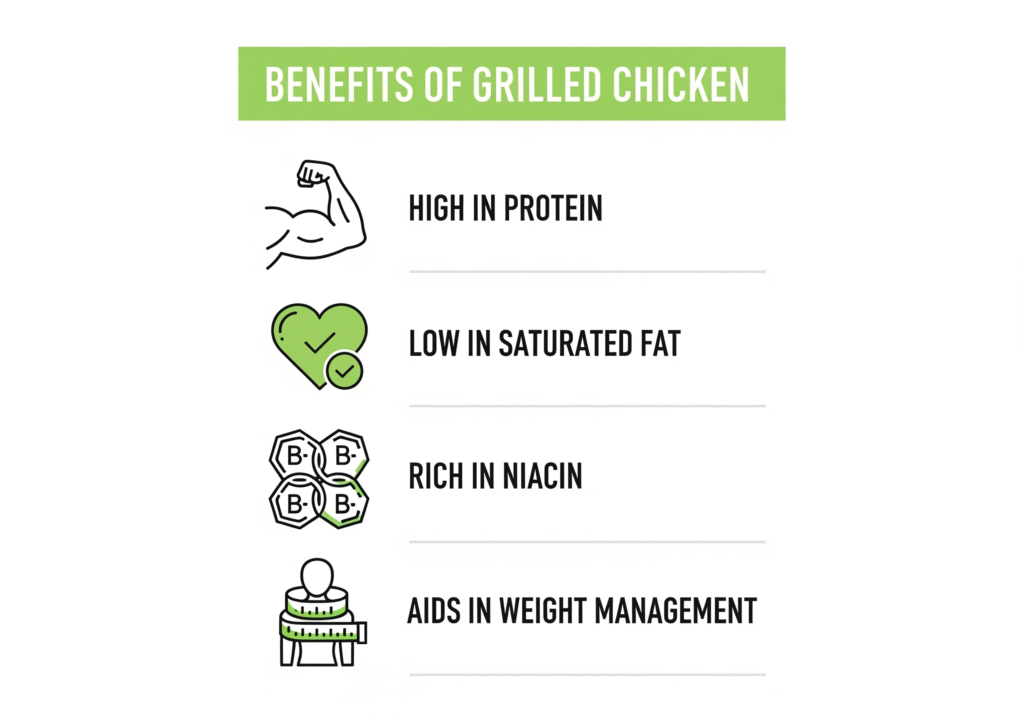
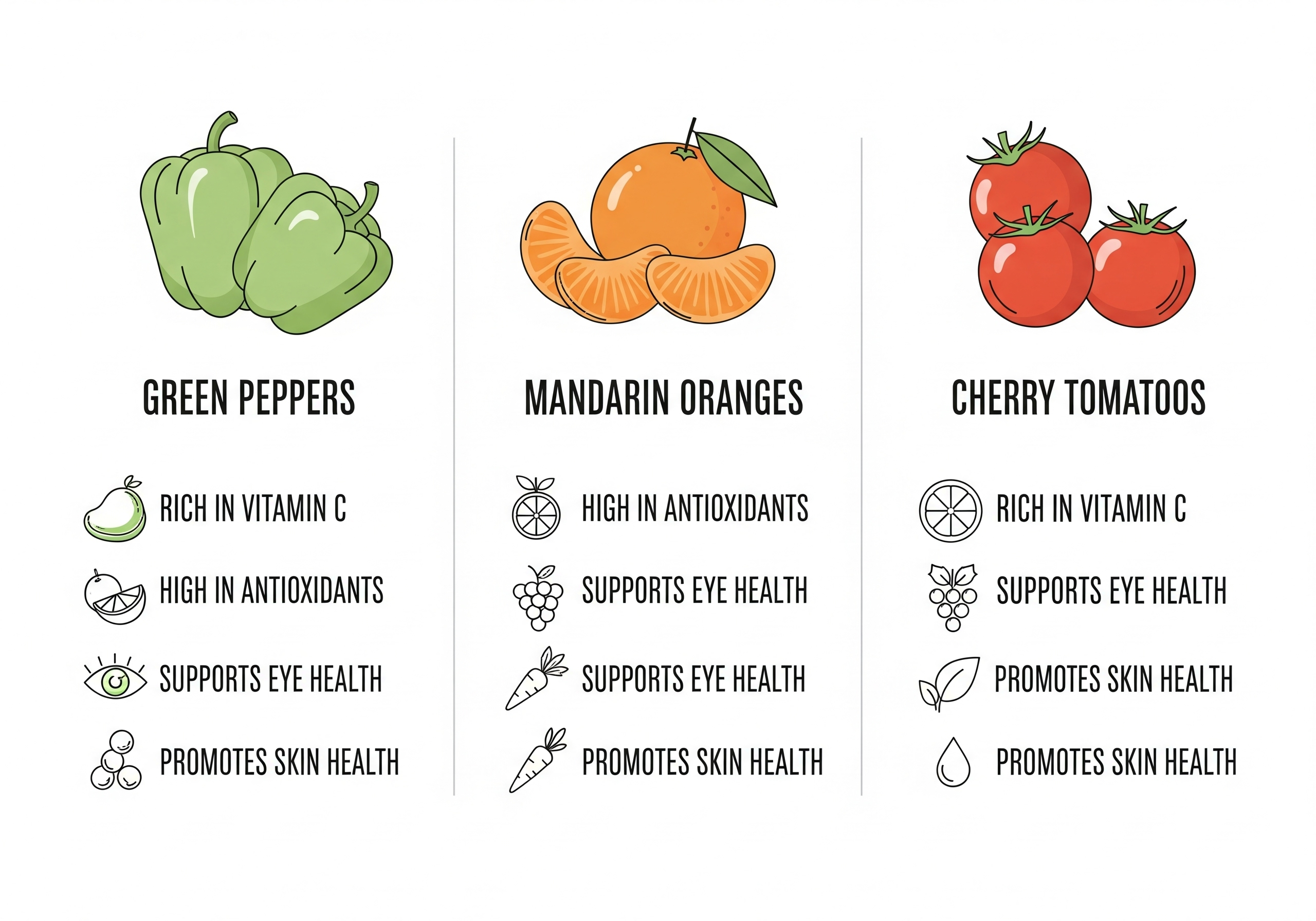
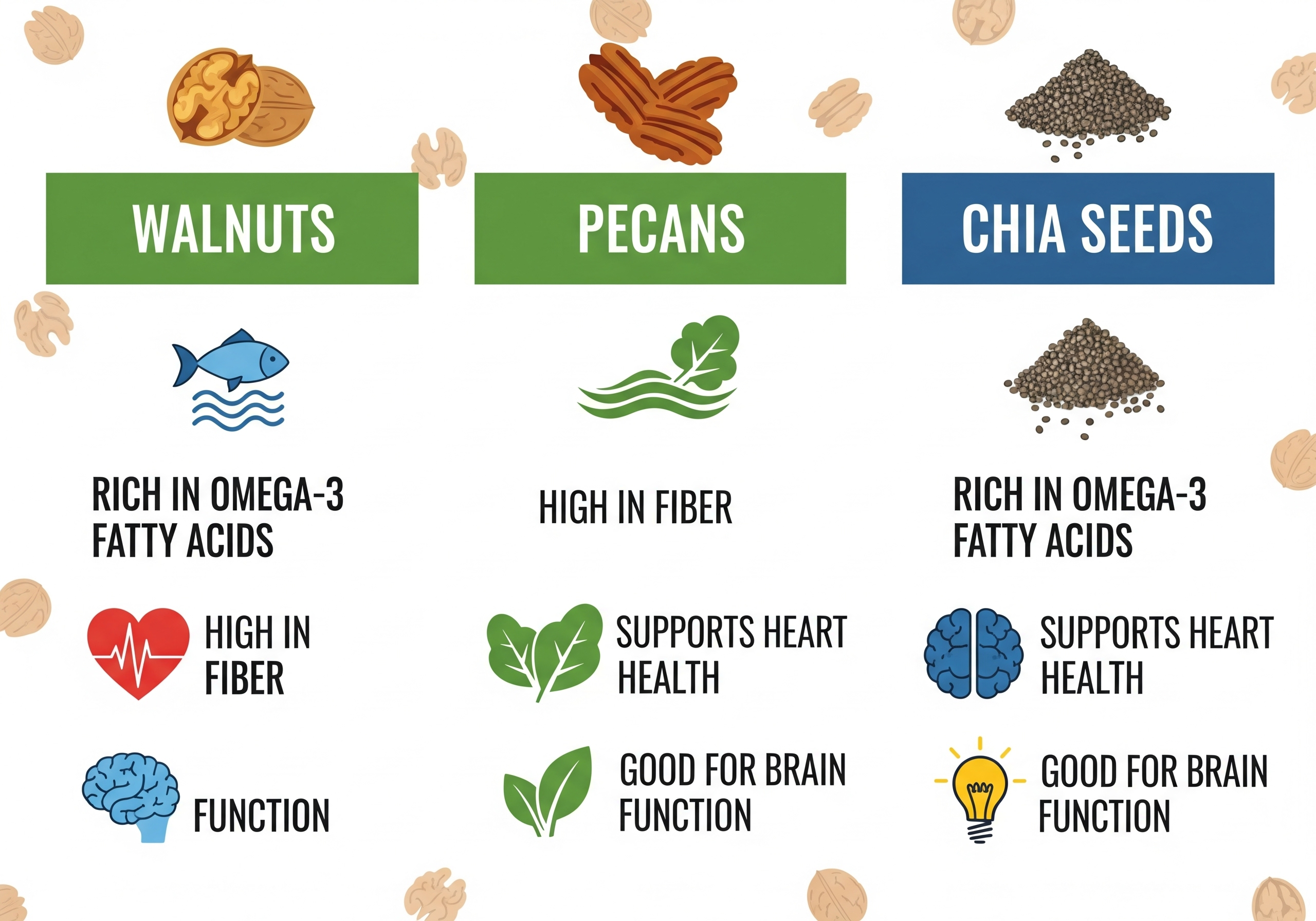
The gallery shows the nutritional benefits of chicken, the vegetables and nuts used in this recipe
Pasta Salad Variations
| Variation | Description |
| Spicy Kick | Add a pinch of red pepper flakes or a finely diced jalapeño to the dressing for a touch of heat. |
| Mediterranean Twist | Replace the grilled chicken with chickpeas, add crumbled feta cheese, and use cucumber and red onion instead of bell peppers. |
| Herb Garden | Experiment with different fresh herbs. Try adding chopped fresh basil, mint, or cilantro for a new flavor profile. |
| Seafood Swap | Substitute the chicken with cooked shrimp or flaked canned tuna for a seafood-inspired version. |
| Vegetable Medley | Use a different mix of vegetables like steamed broccoli florets, corn, shredded carrots, or black olives to suit your taste. |
Final Thoughts: A Simple Recipe, Endless Possibilities
This recipe for the best Pasta Salad ever proves that healthy eating can be both easy and incredibly flavorful. It’s a versatile dish that encourages creativity in the kitchen and provides a well-balanced meal in a single bowl. Don’t be afraid to make it your own by experimenting with different vegetables, proteins, or dressings. You can take this basic recipe as a guide and adapt it to your preferences and whatever ingredients you have on hand. It’s a fantastic solution for meal prepping, ensuring you have a delicious and nourishing meal ready to go throughout the week.

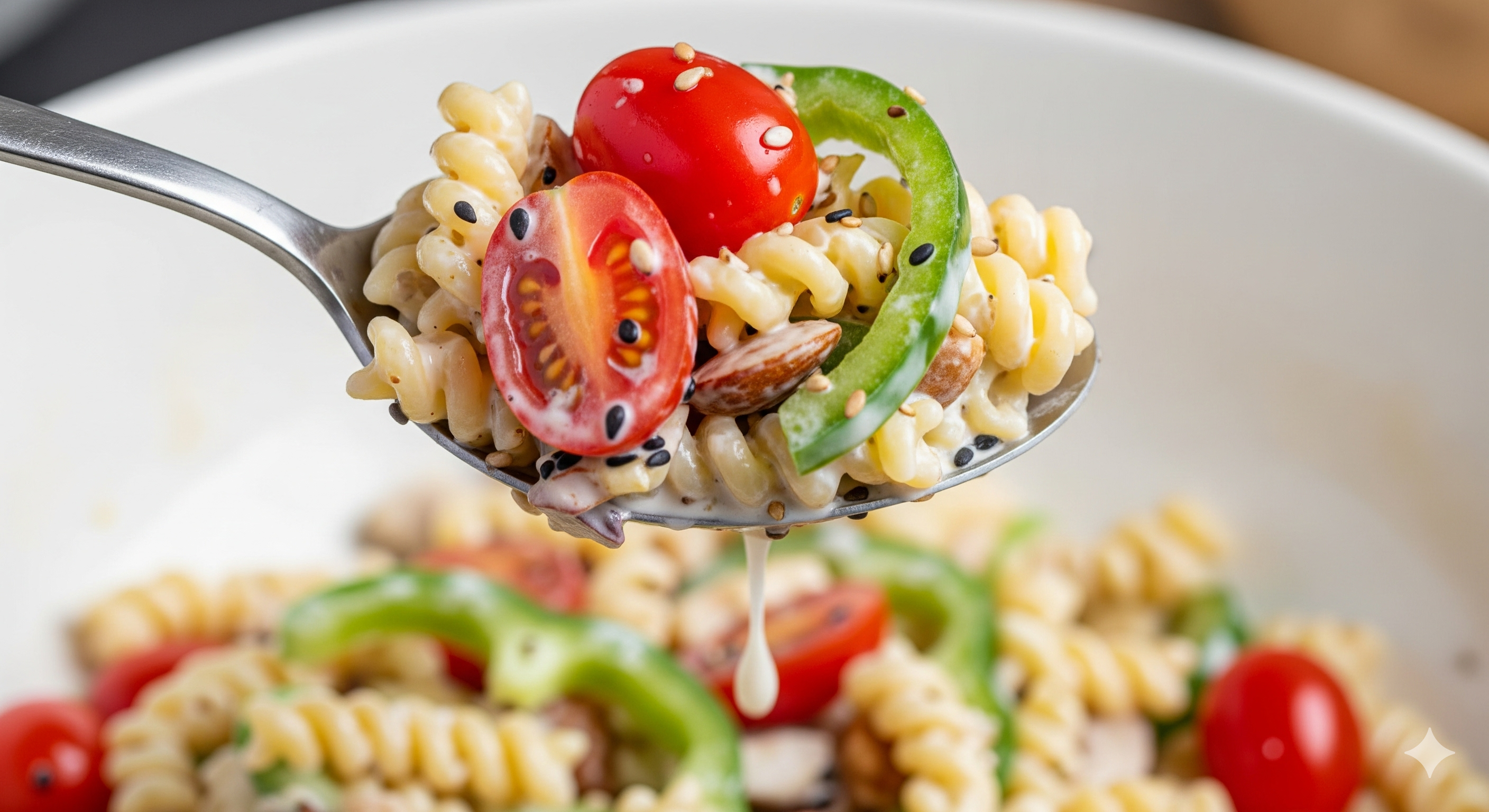
The images shows someone enjoying the cooked pasta salad outside and a close up look at the pasta salad.
Frequently Asked Questions
Q: Can I use a different type of pasta?
A: Yes, absolutely! Short pasta shapes work best for salads as they hold the dressing and other ingredients well. Penne, farfalle (bow tie), or orecchiette are all great substitutes for the rotini pasta.
Q: How long can I store this pasta salad?
A: This salad can be stored in an airtight container in the refrigerator for up to 3-4 days. The pasta will absorb some of the dressing over time, so you might want to add a little extra yogurt or lemon juice before serving on subsequent days to freshen it up.
References
- Harvard T.H. Chan – Protein
- Mayo Clinic – Healthy Diet
- American Heart Association –Diet and Lifestyle
Recent Posts
